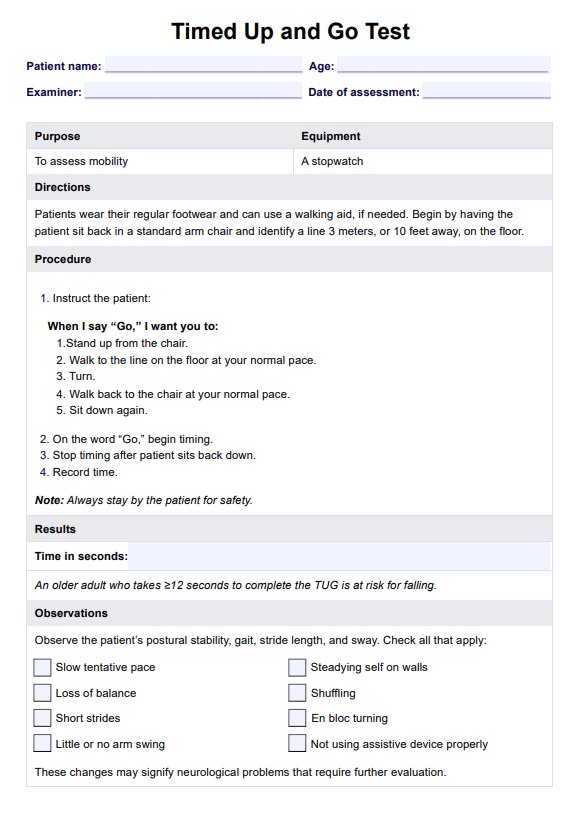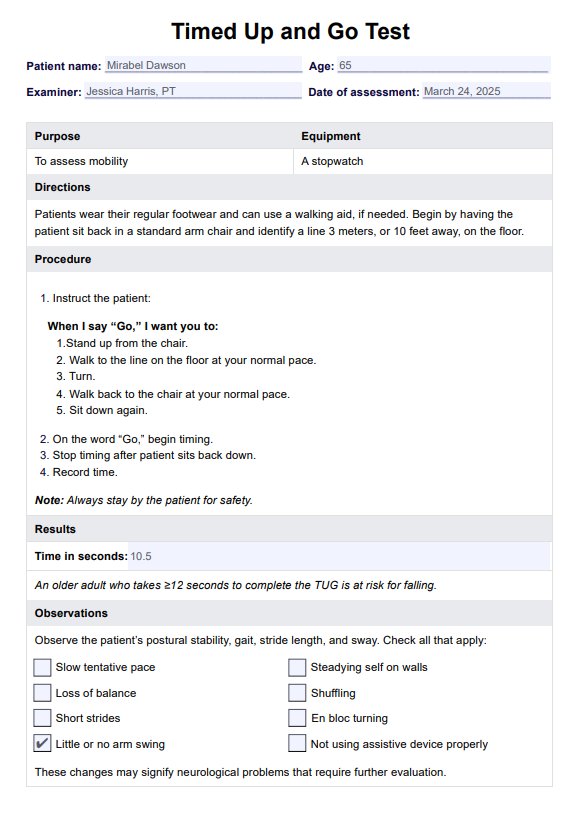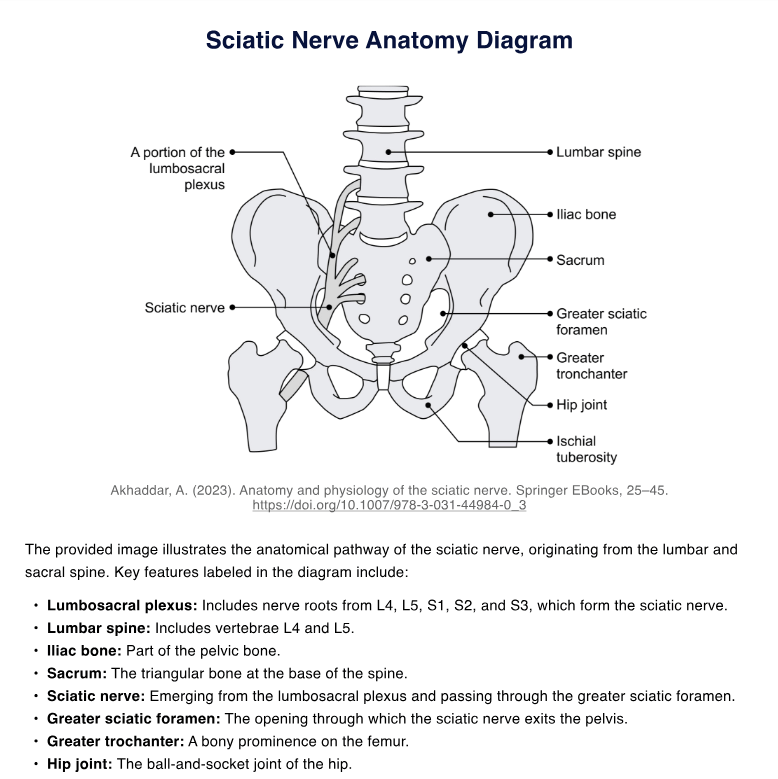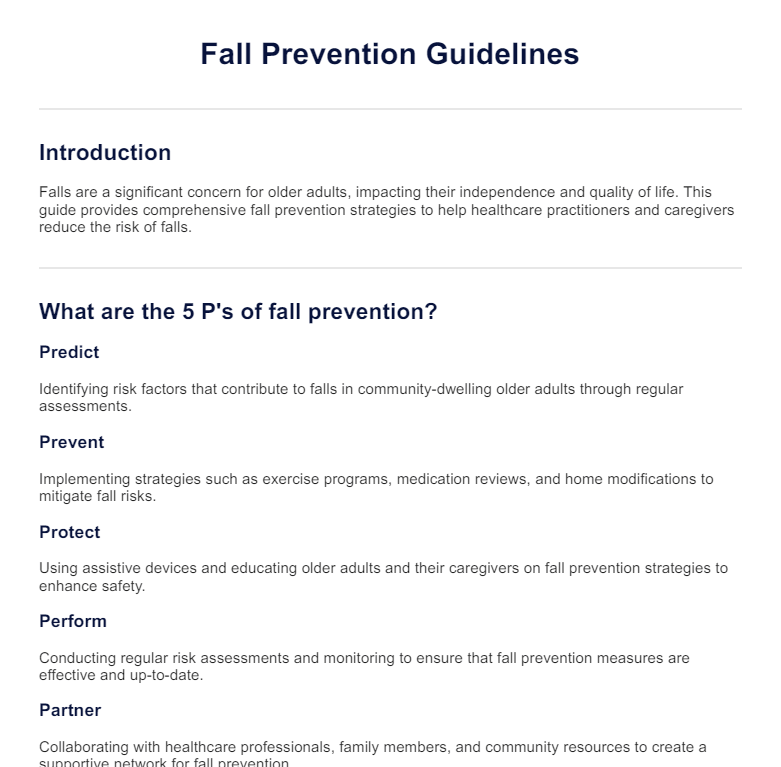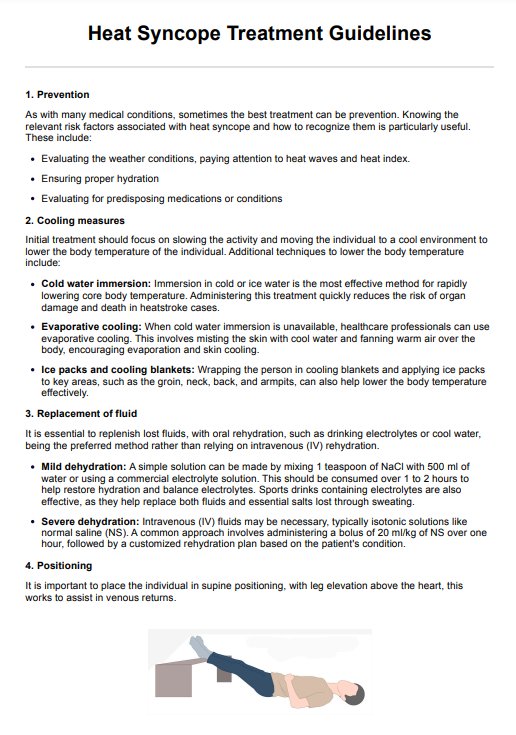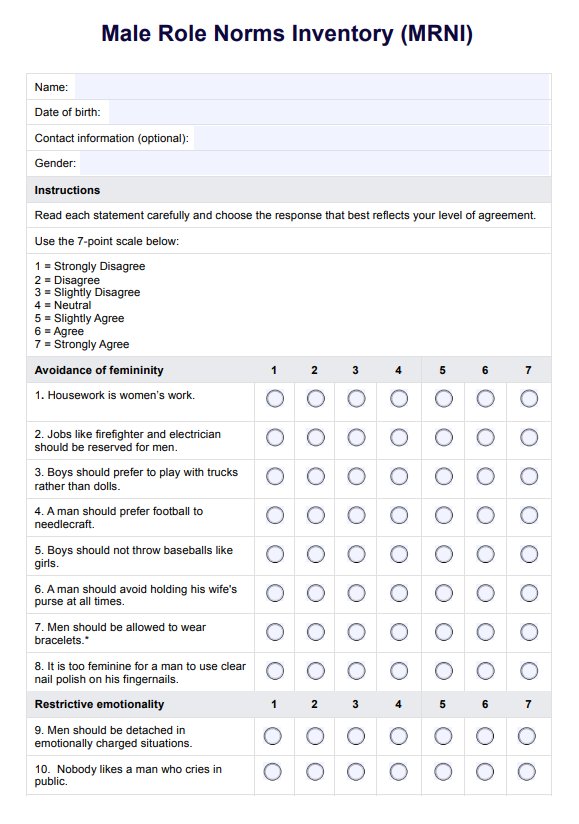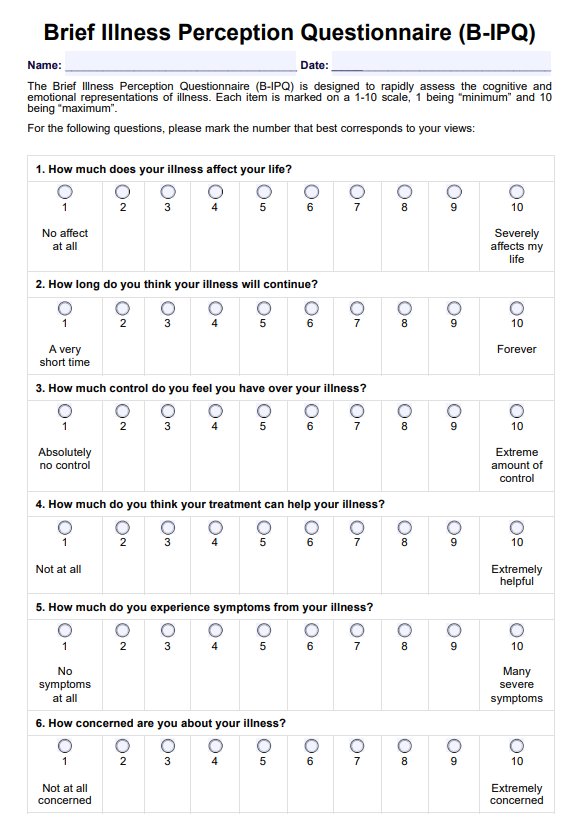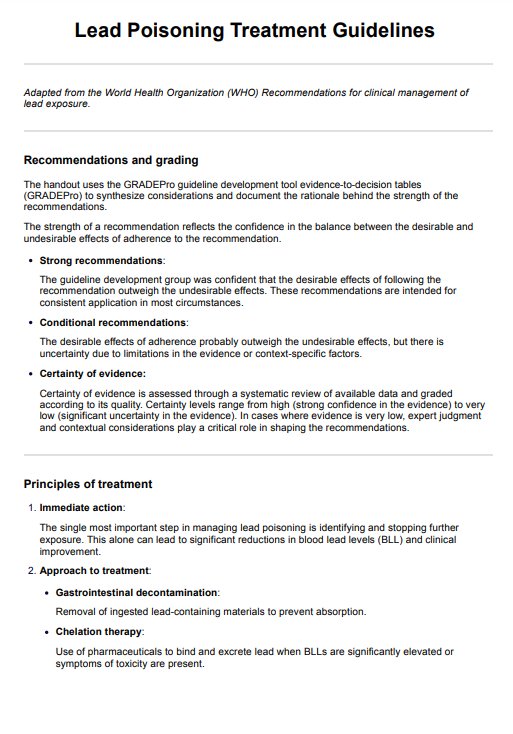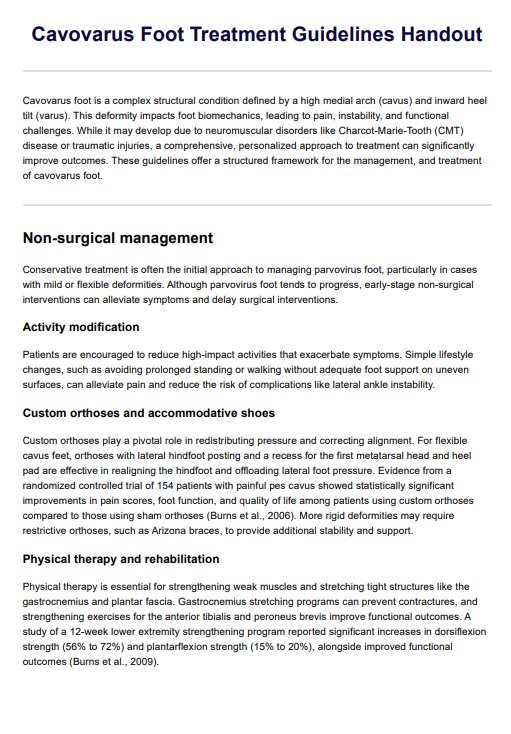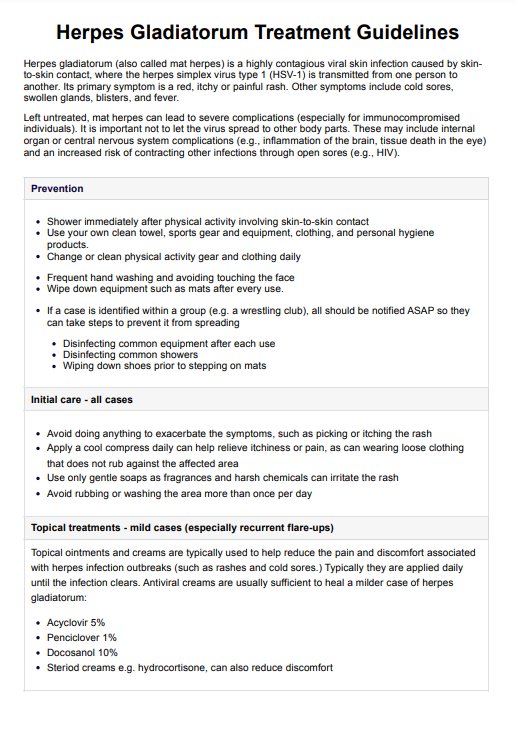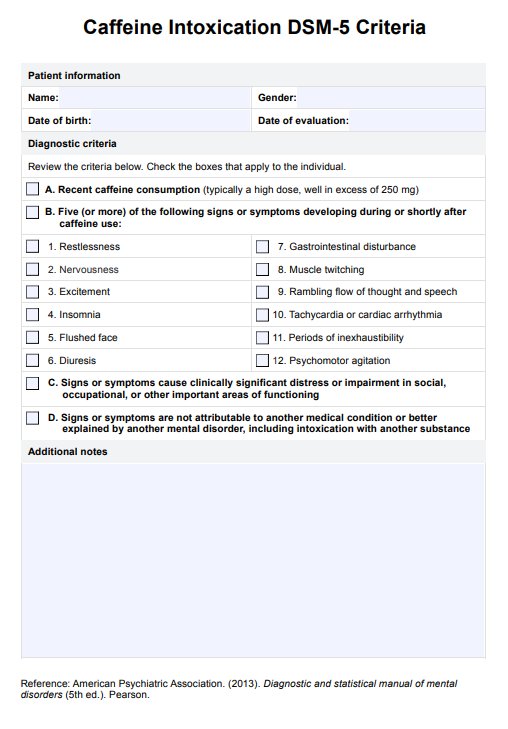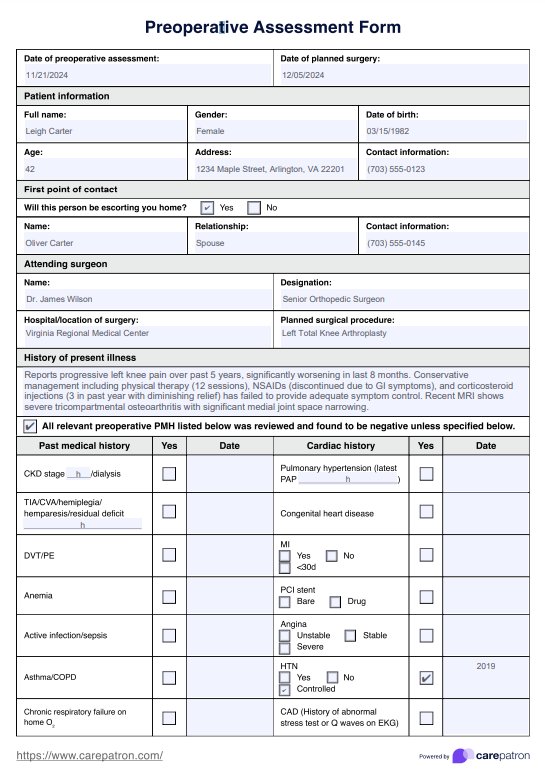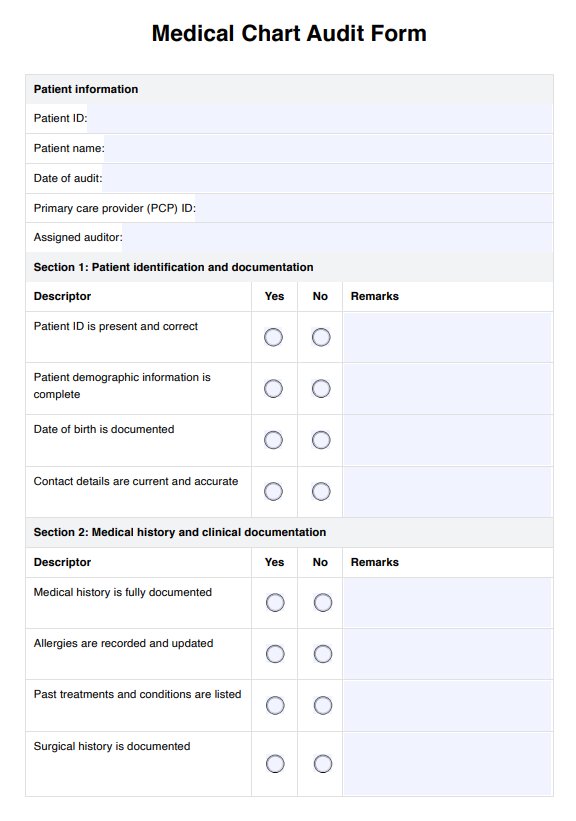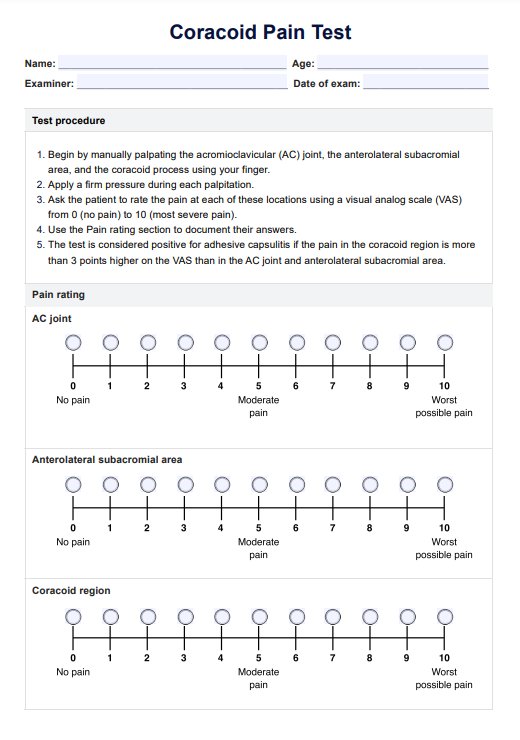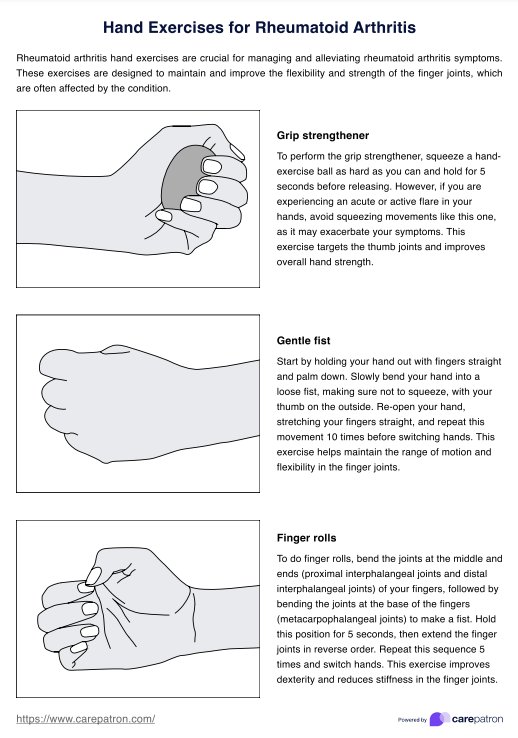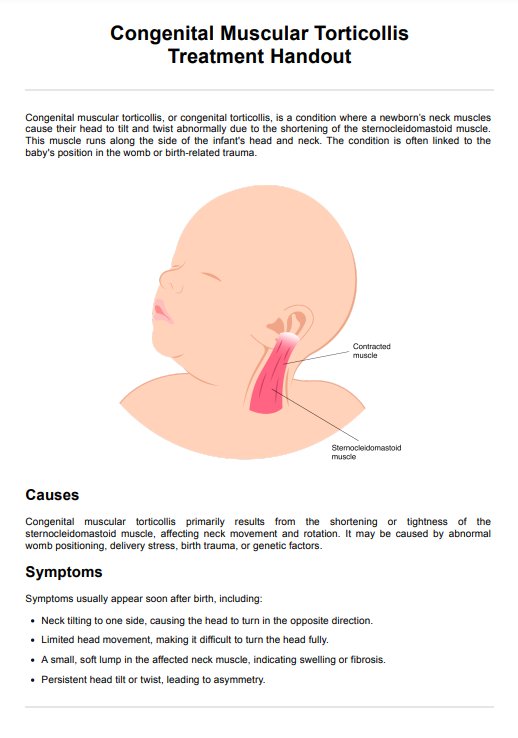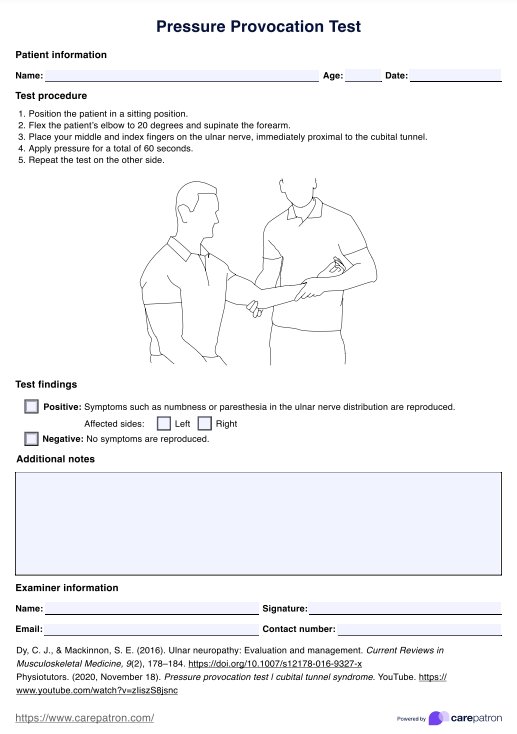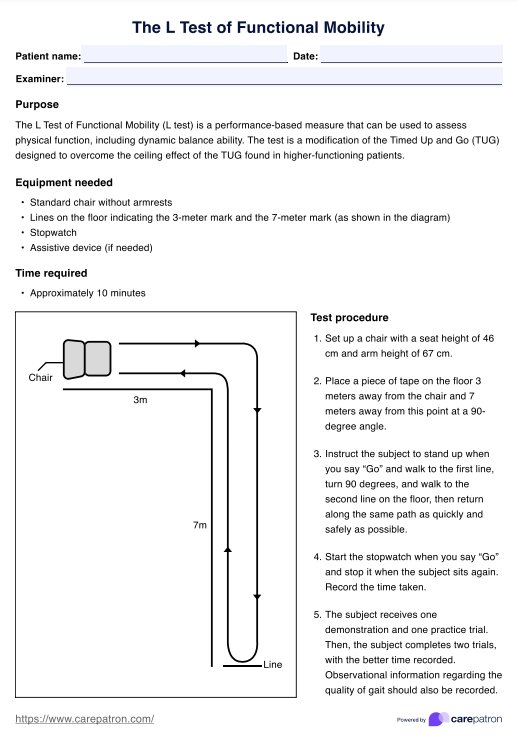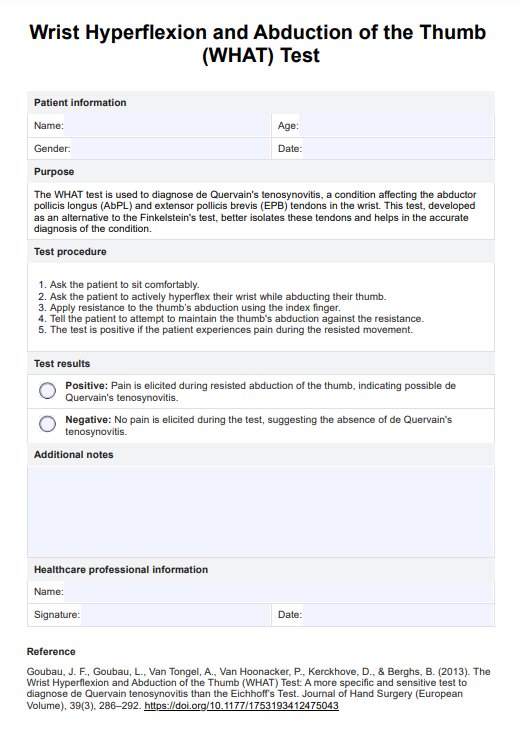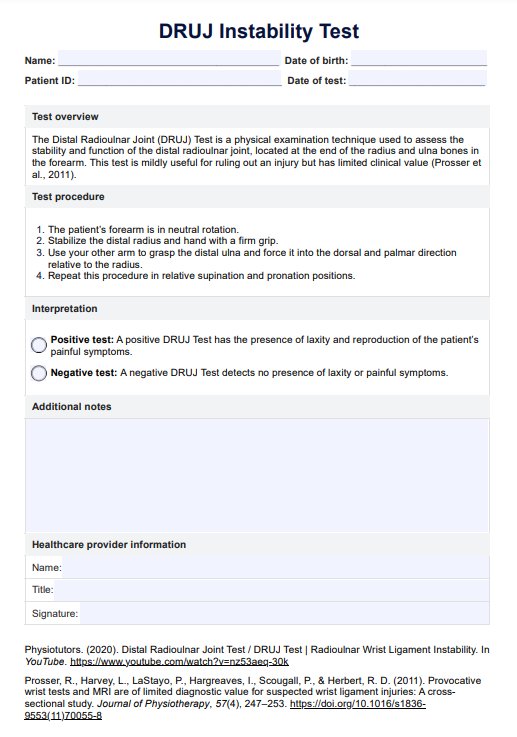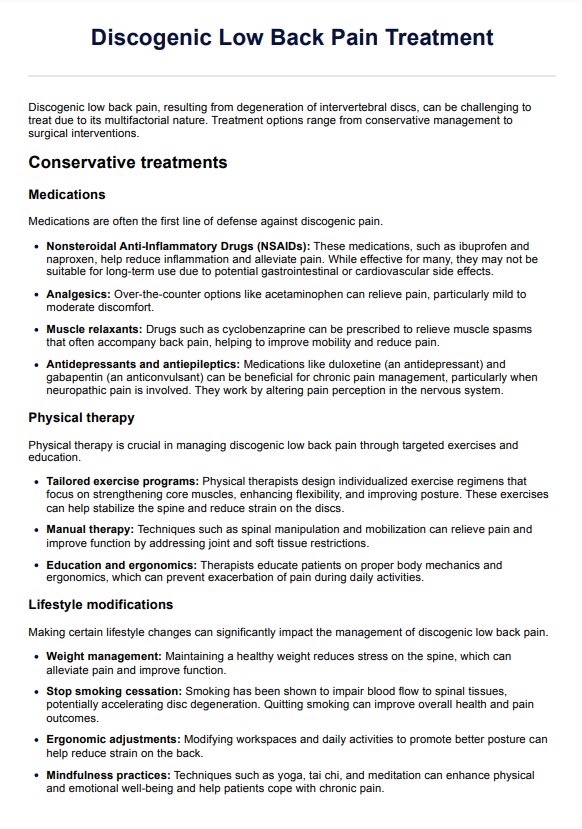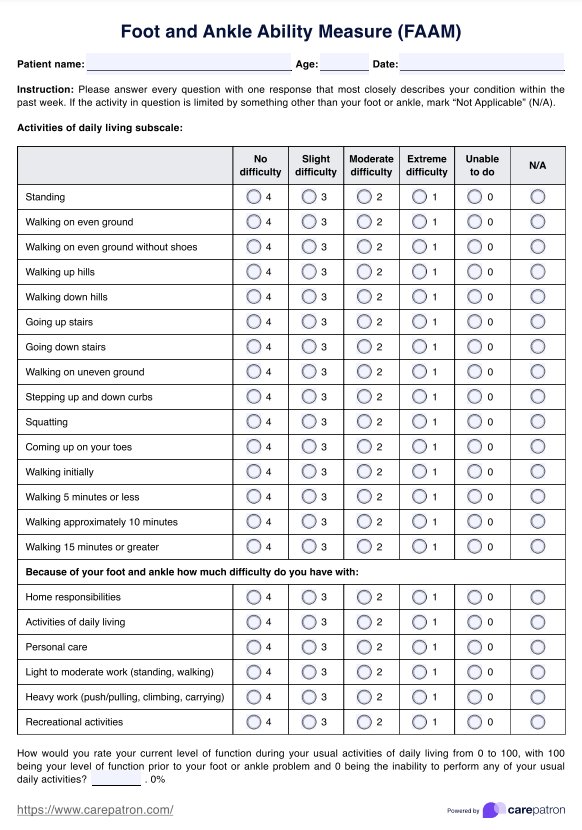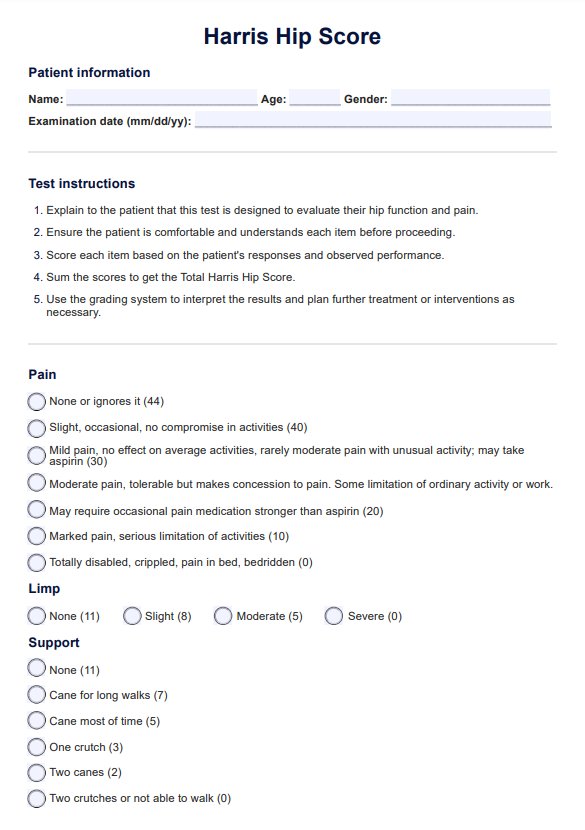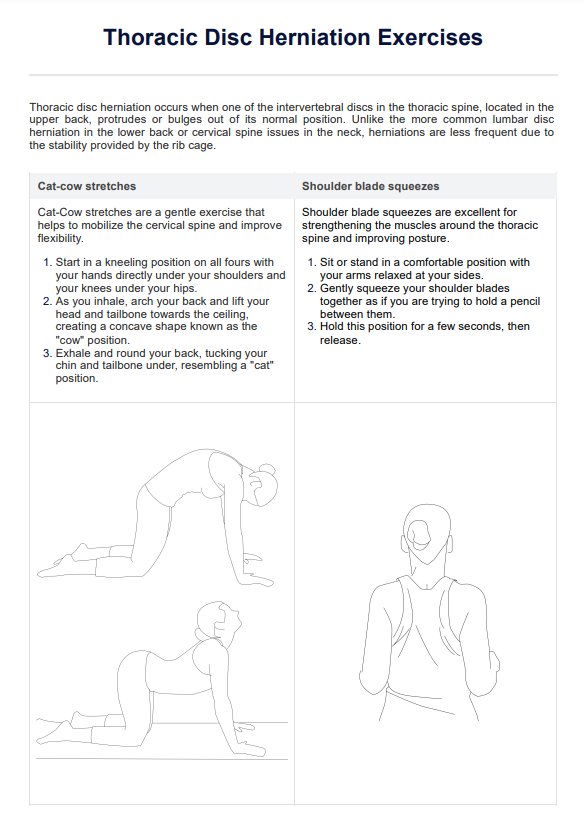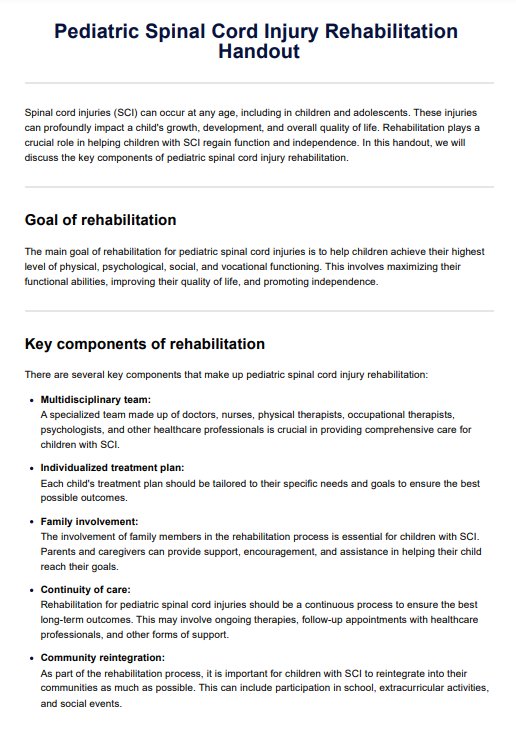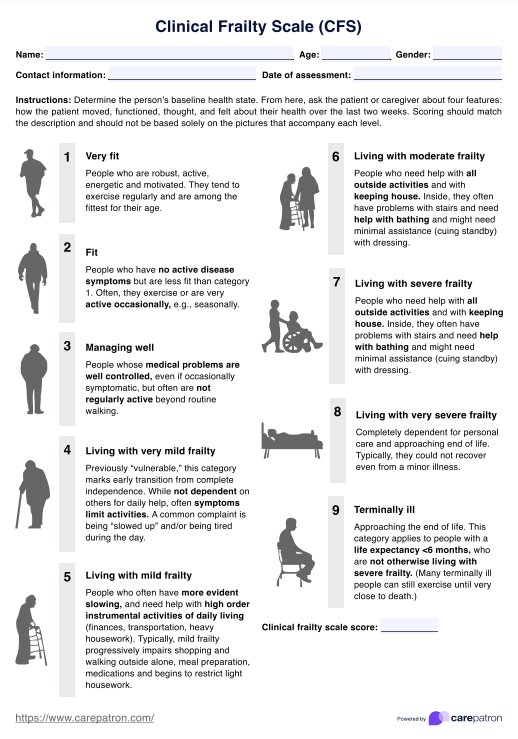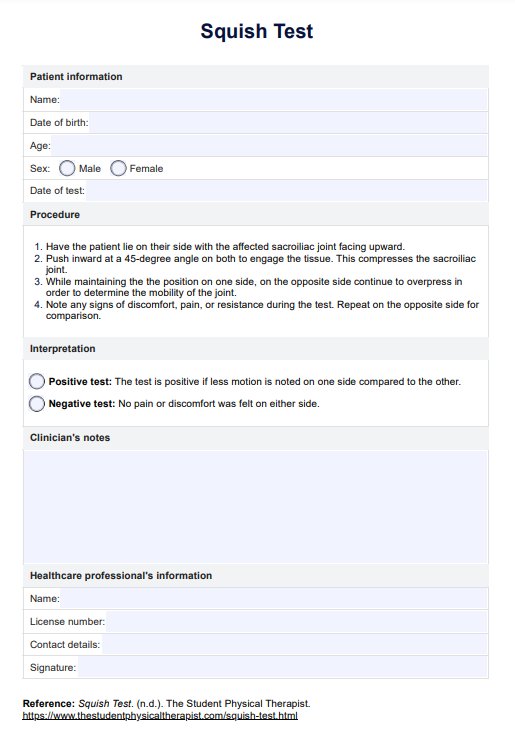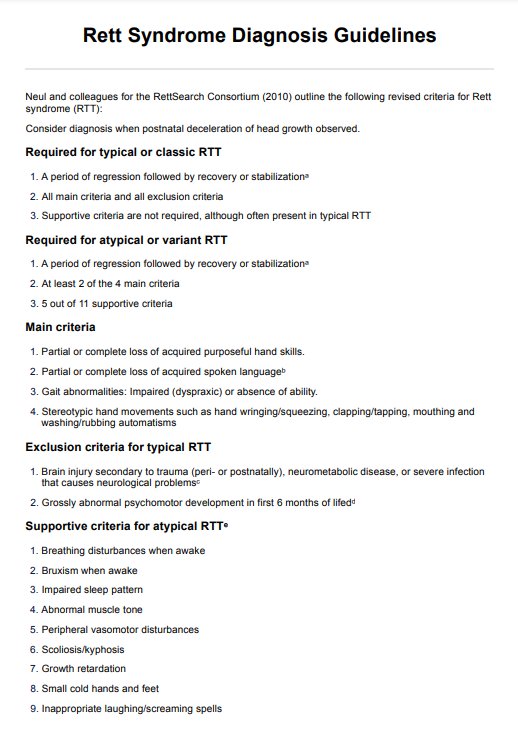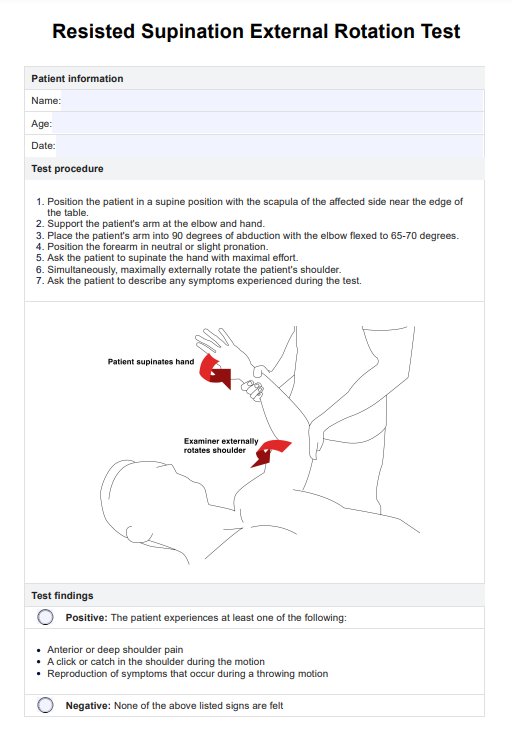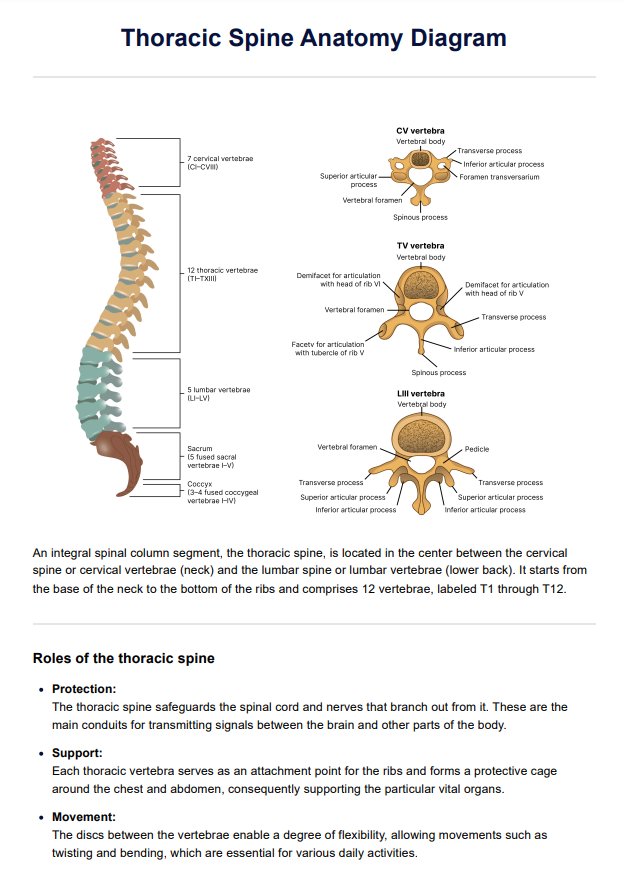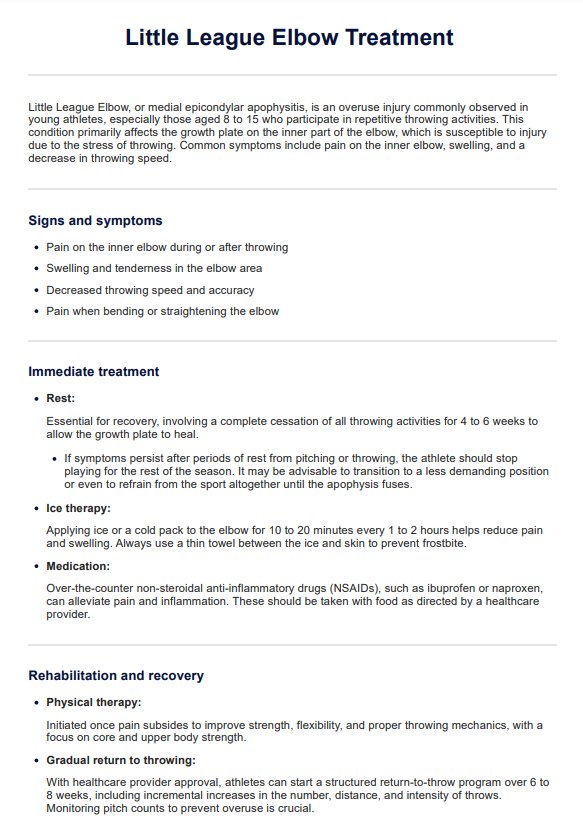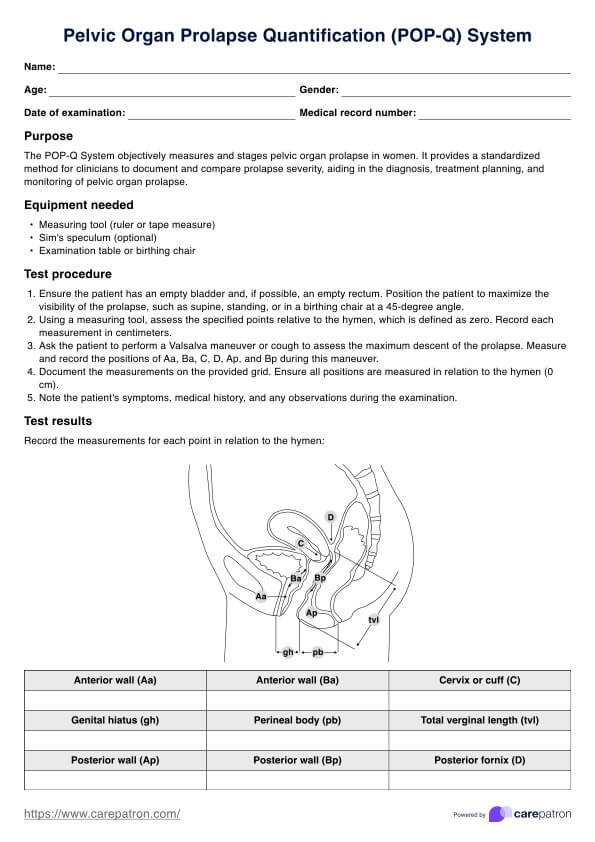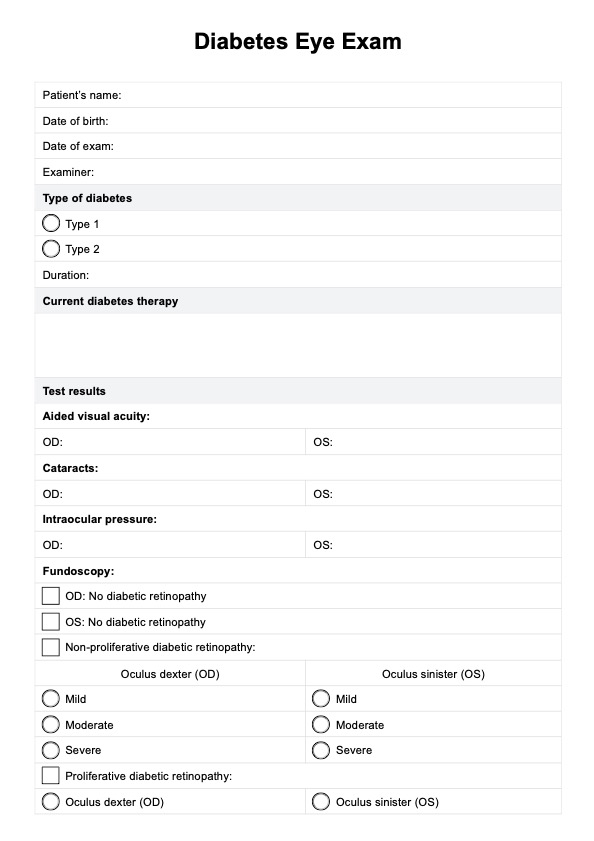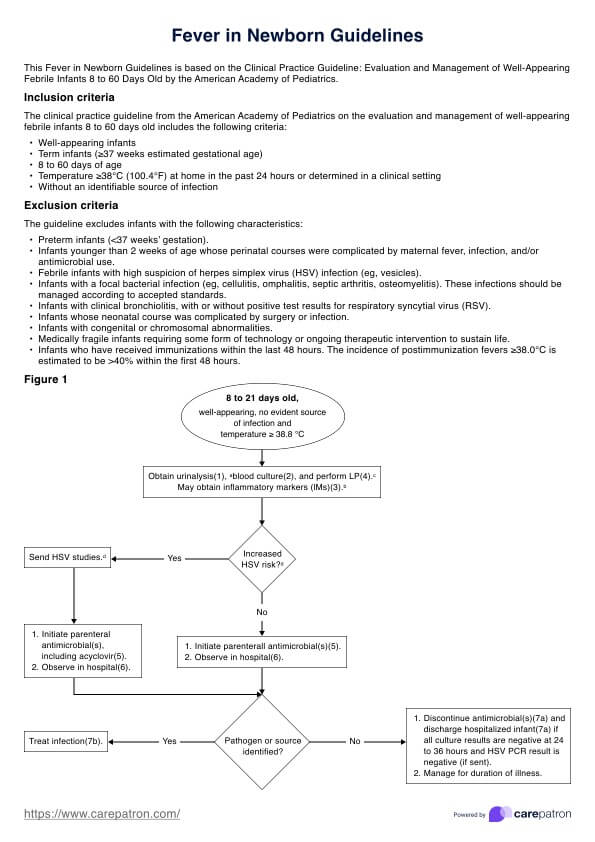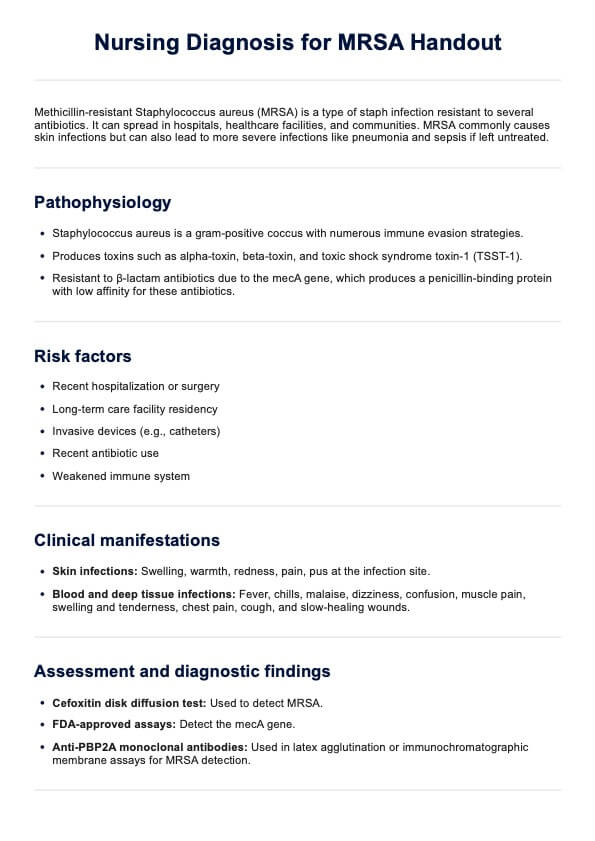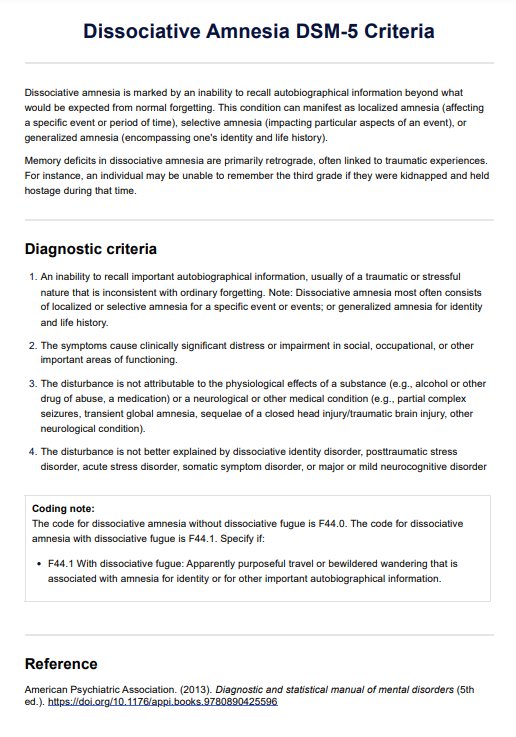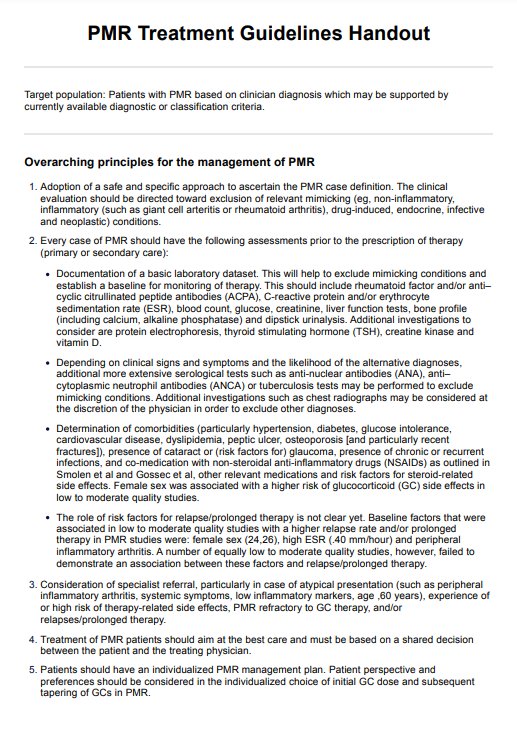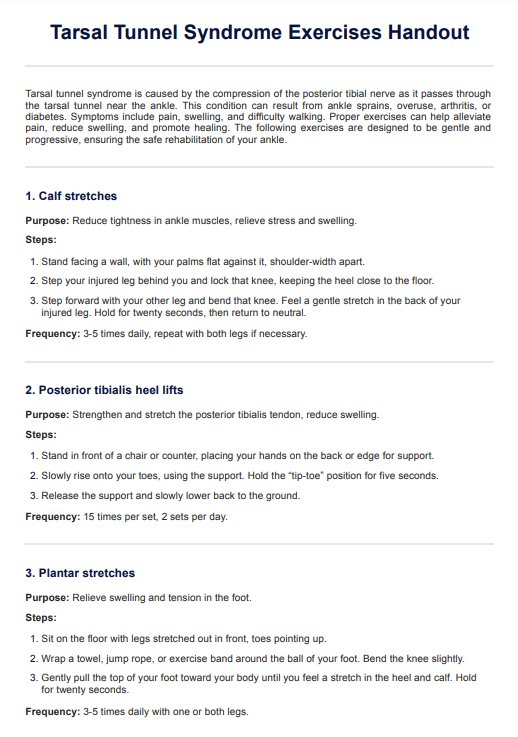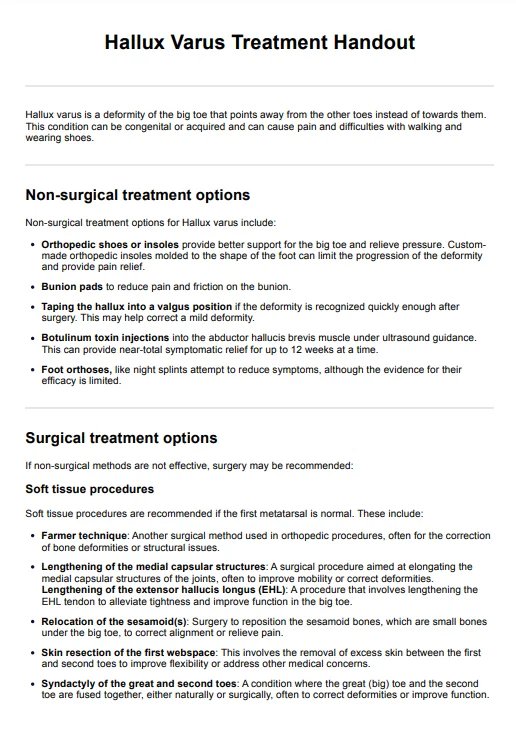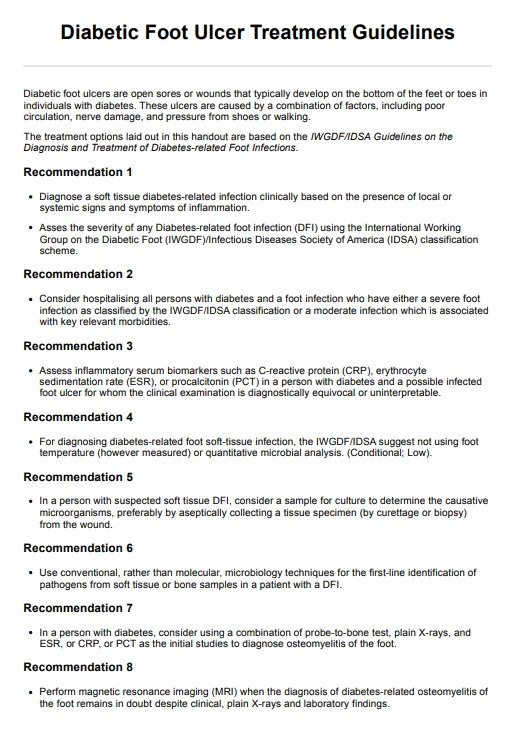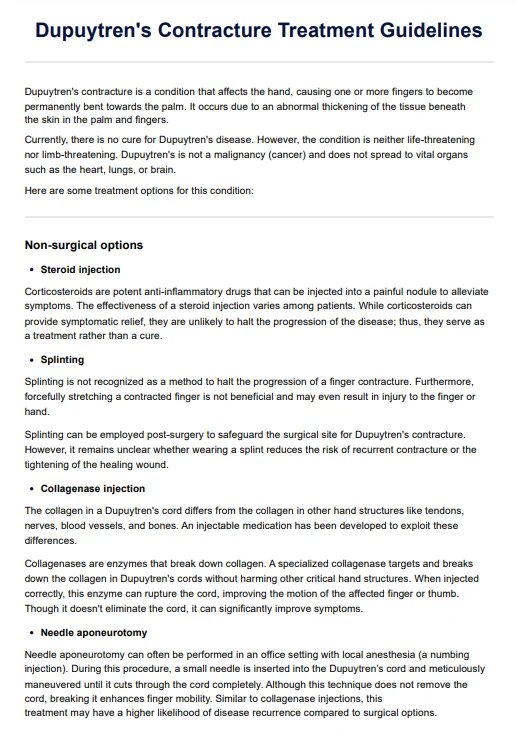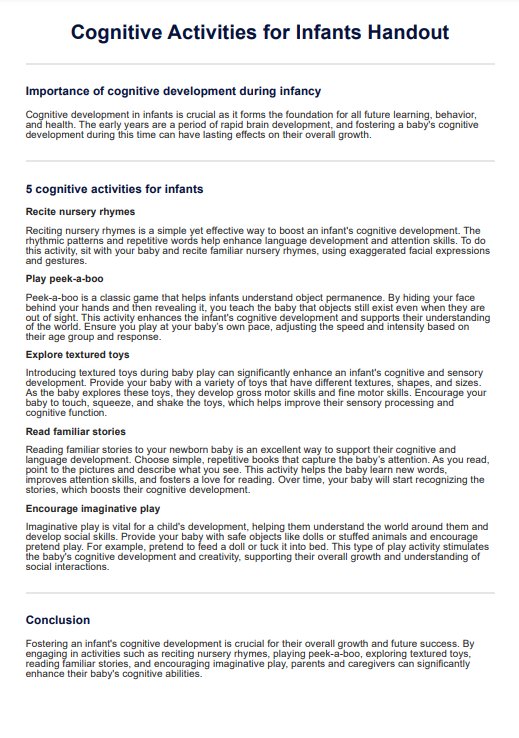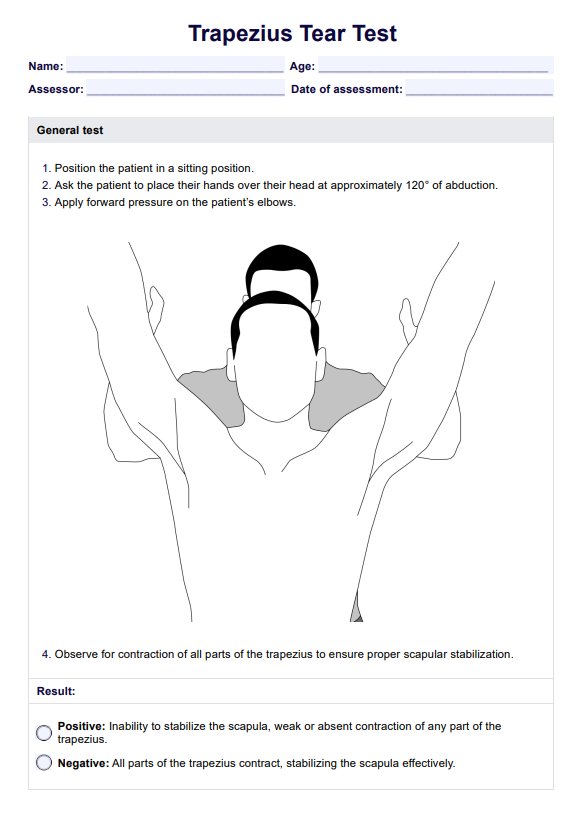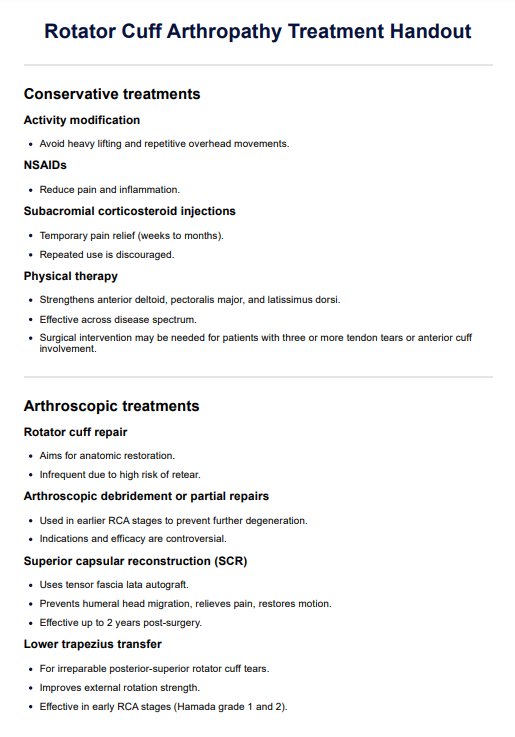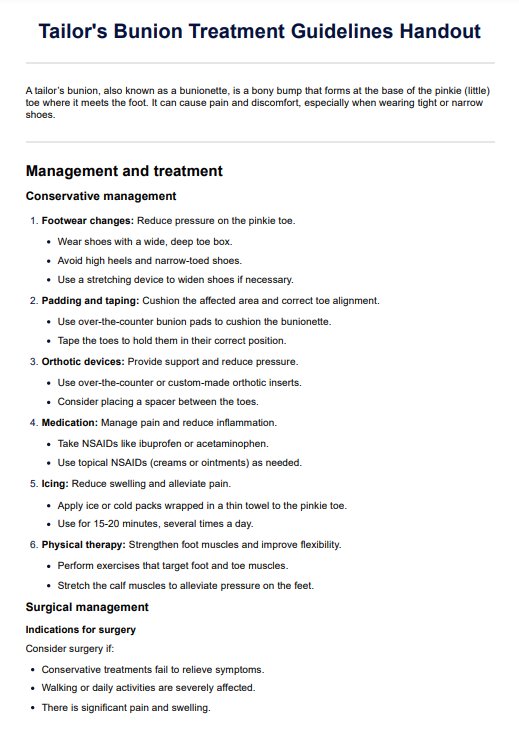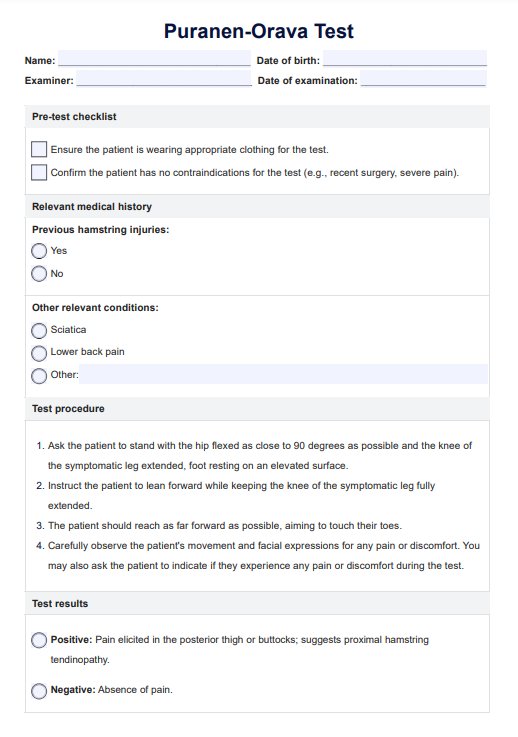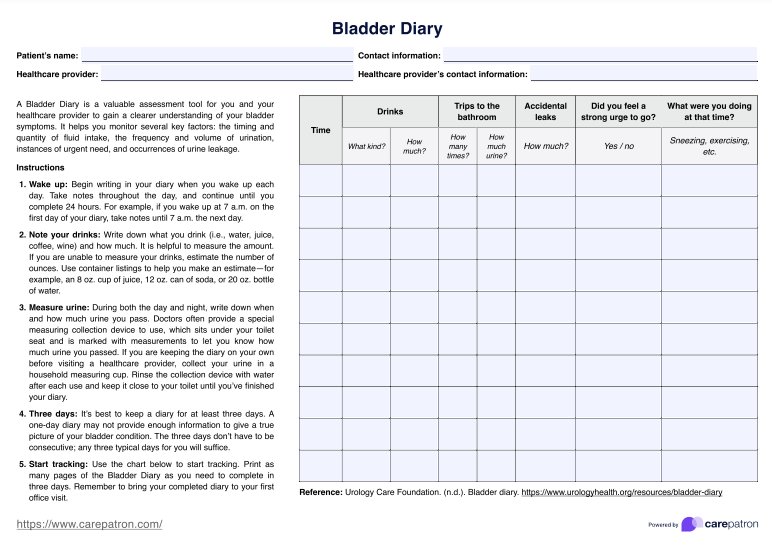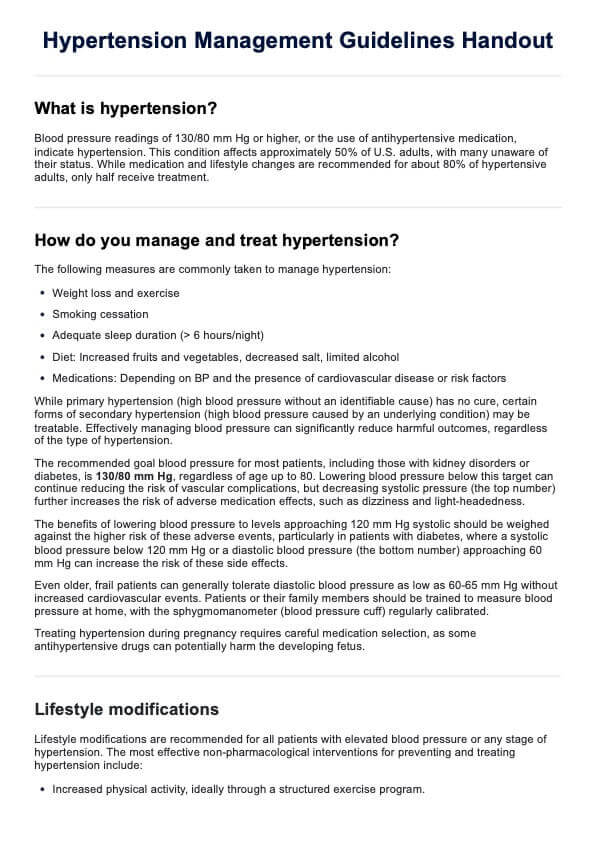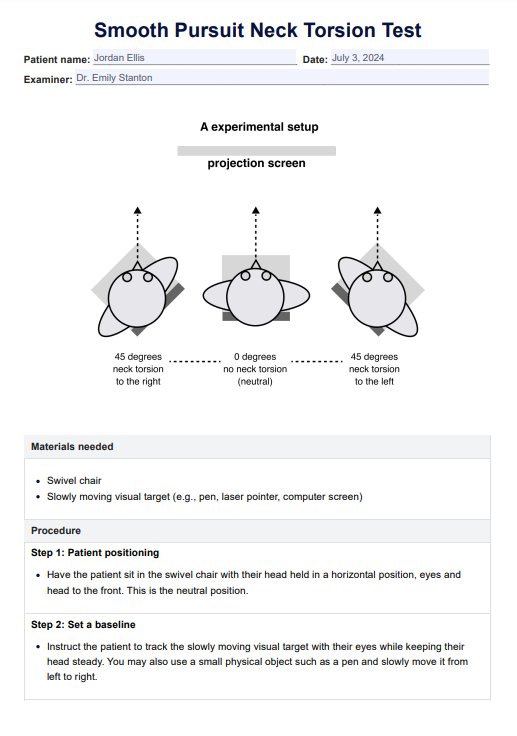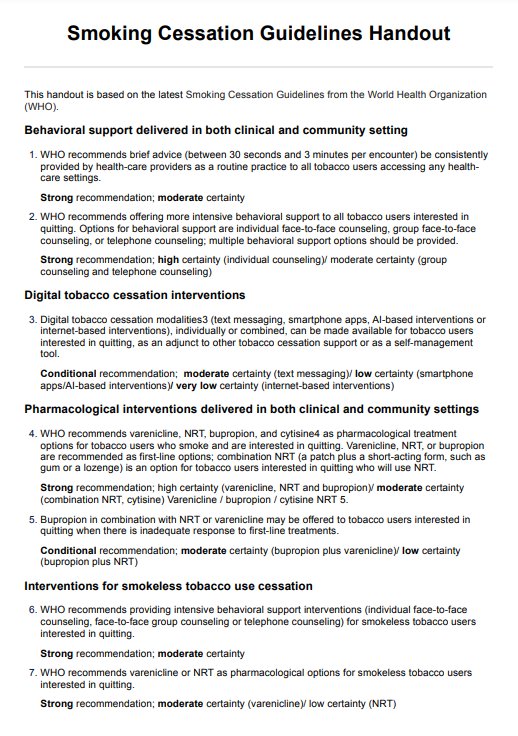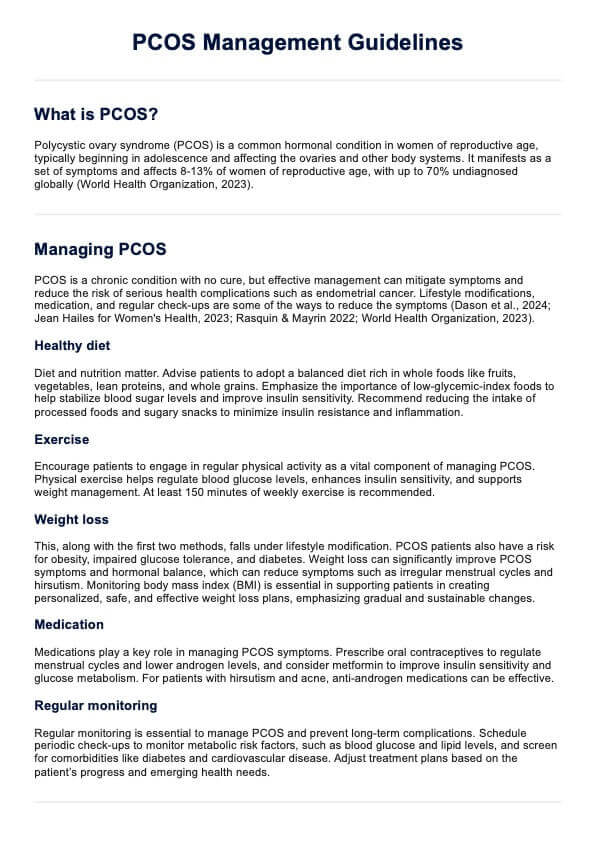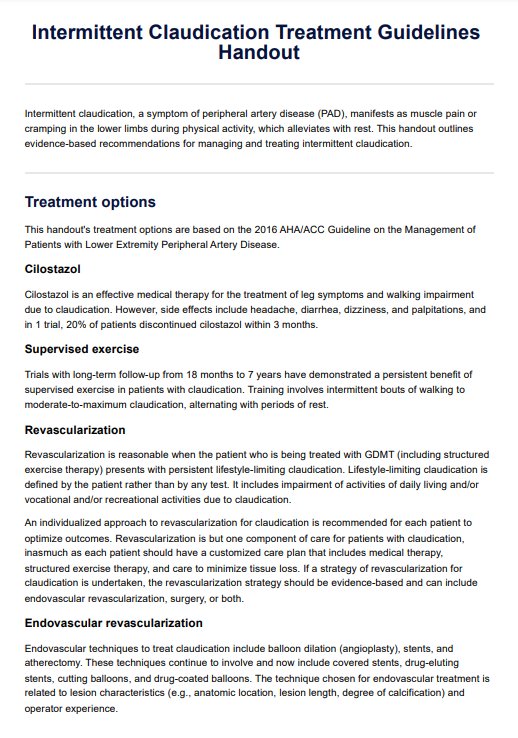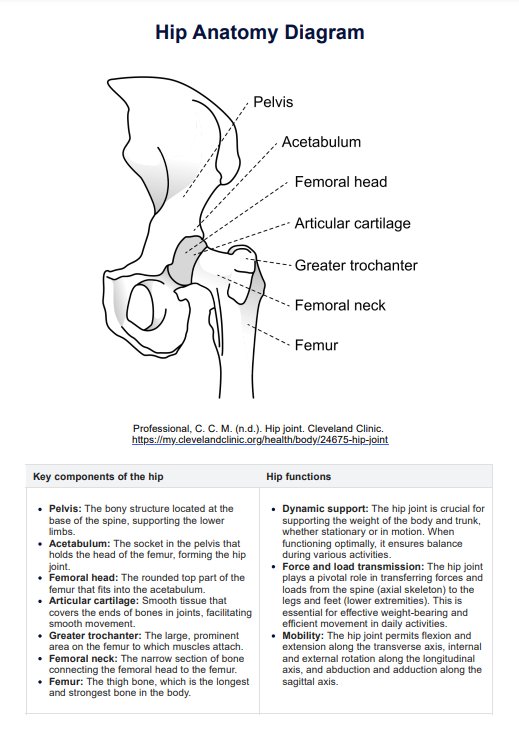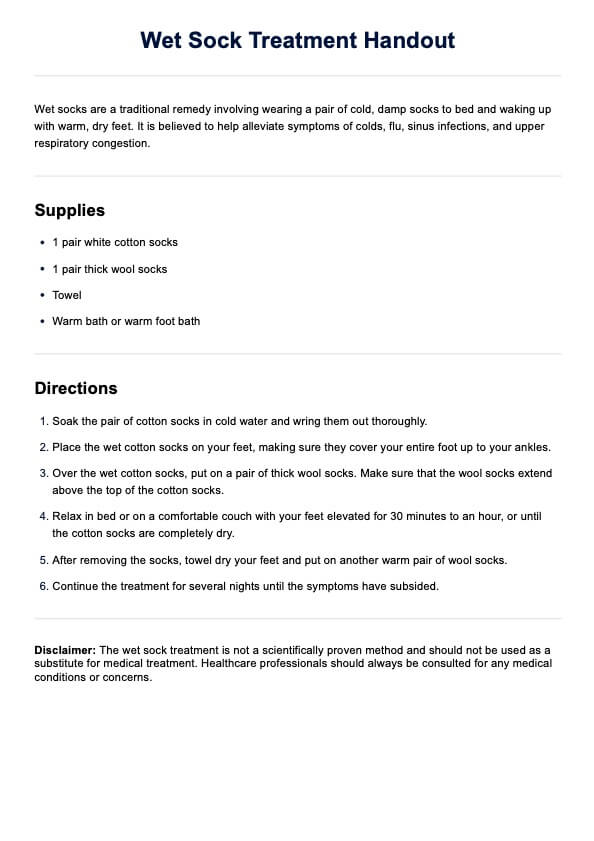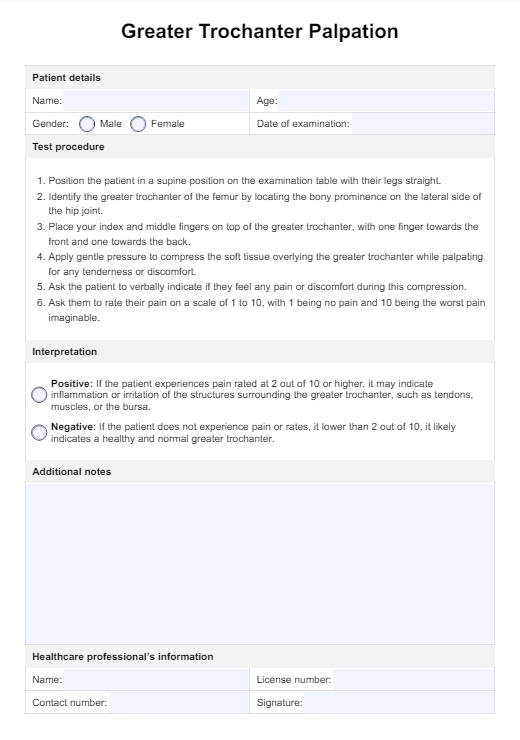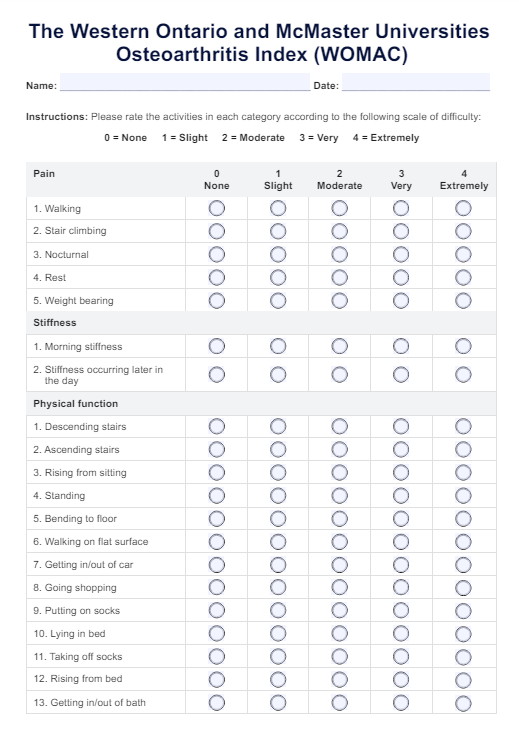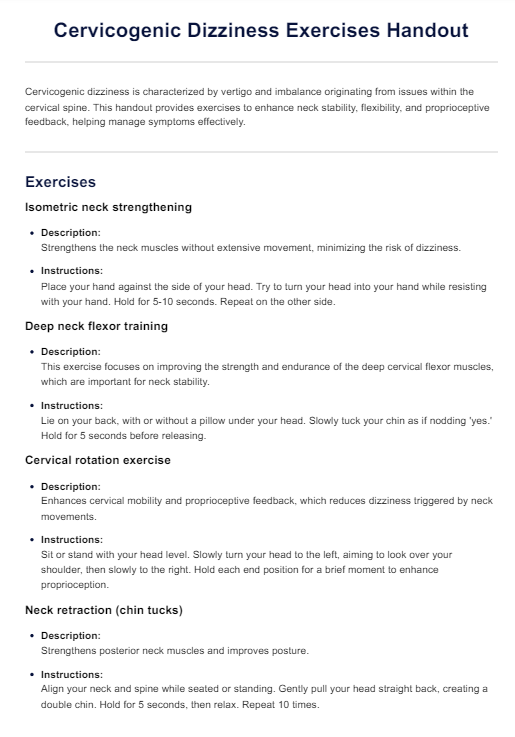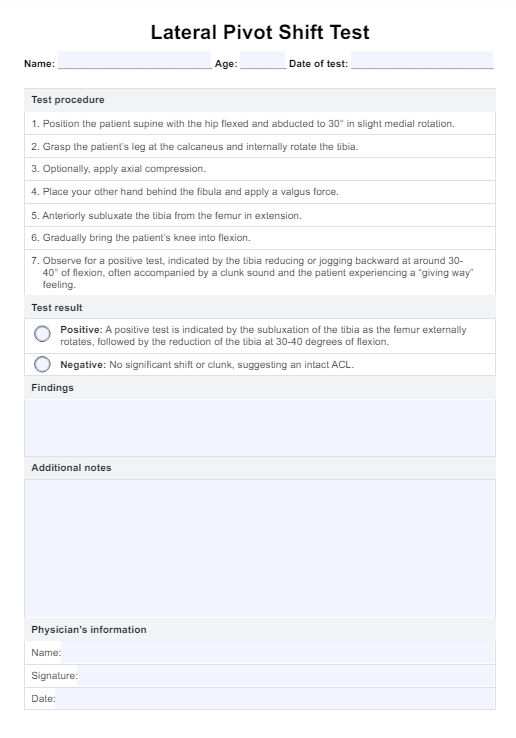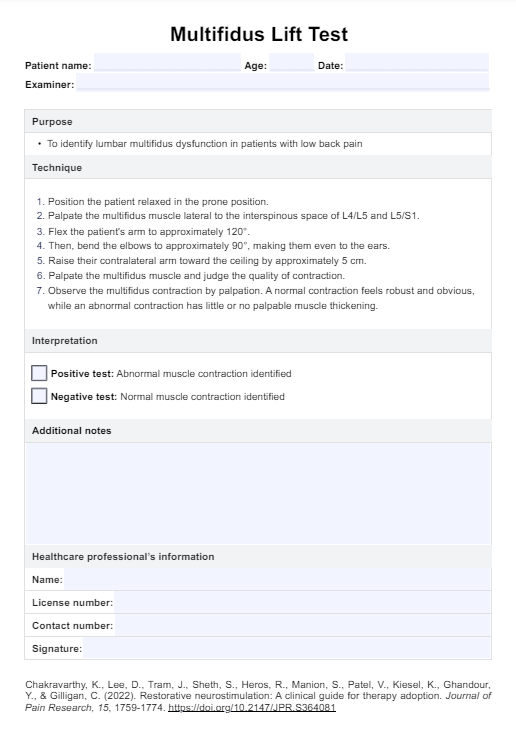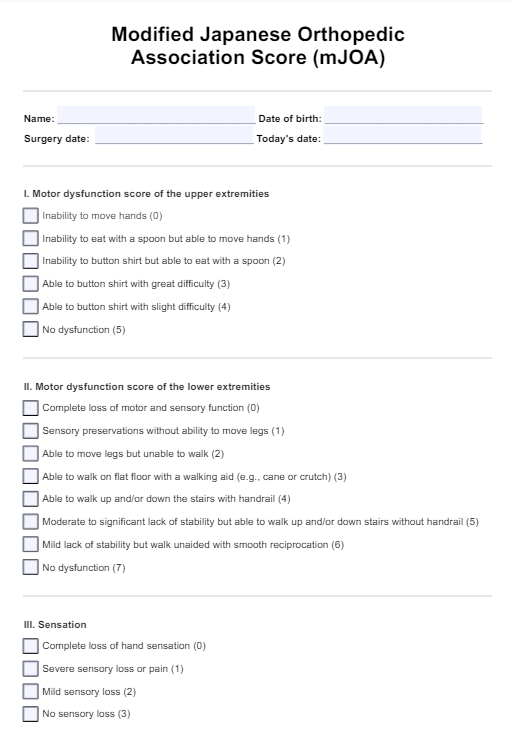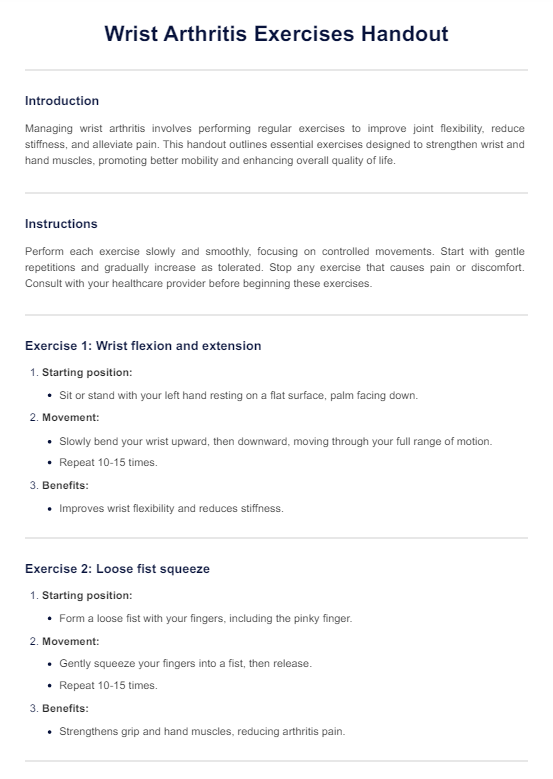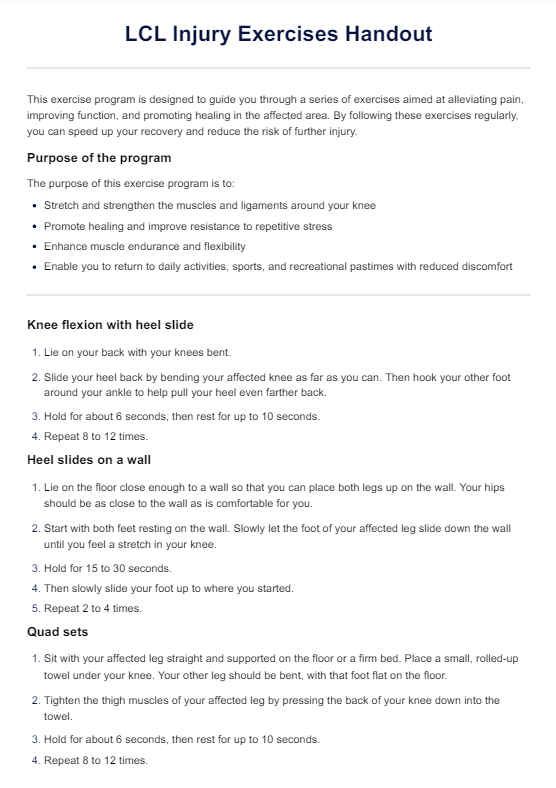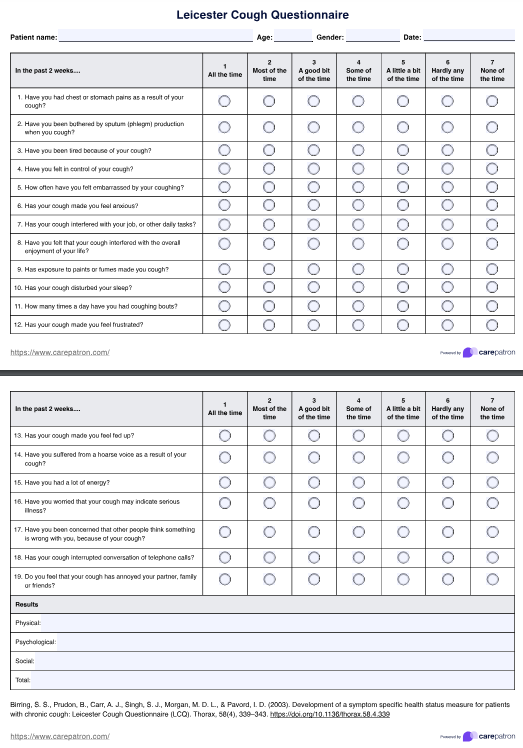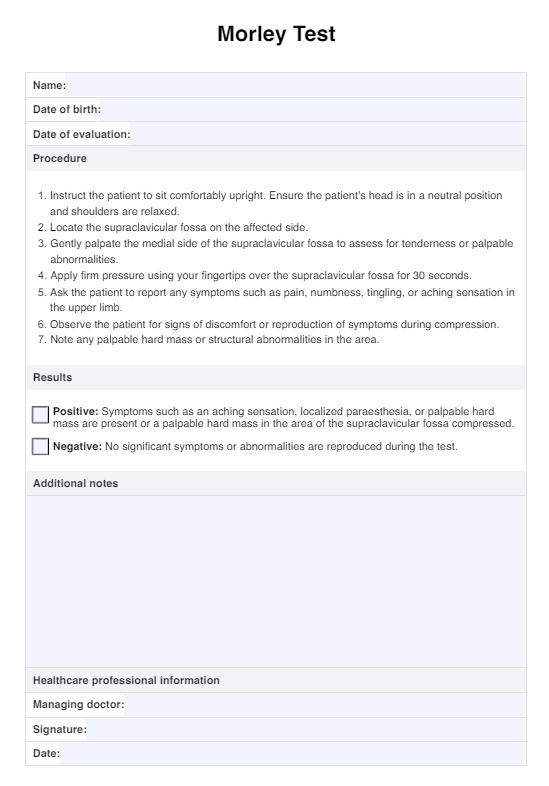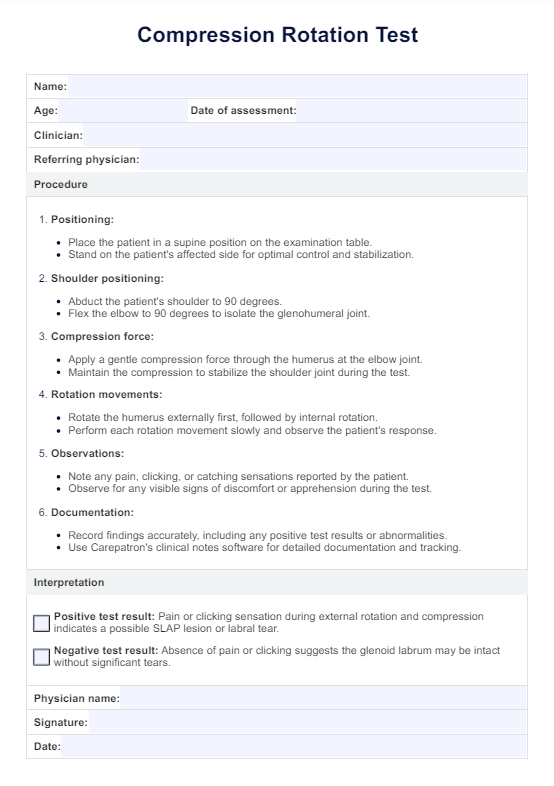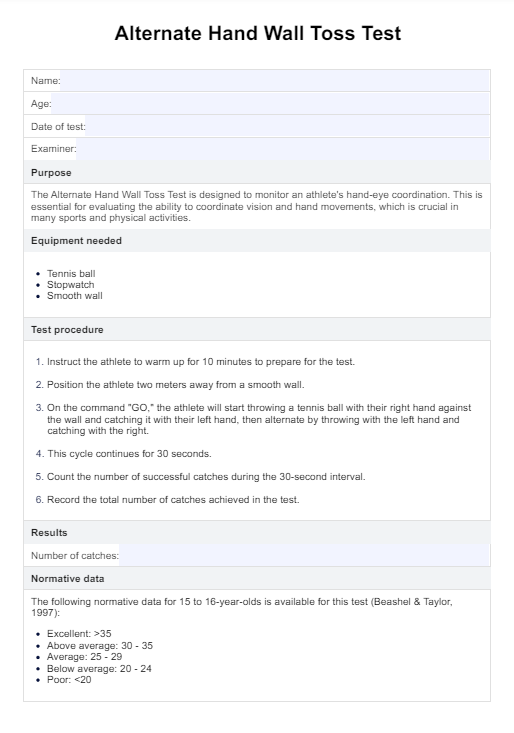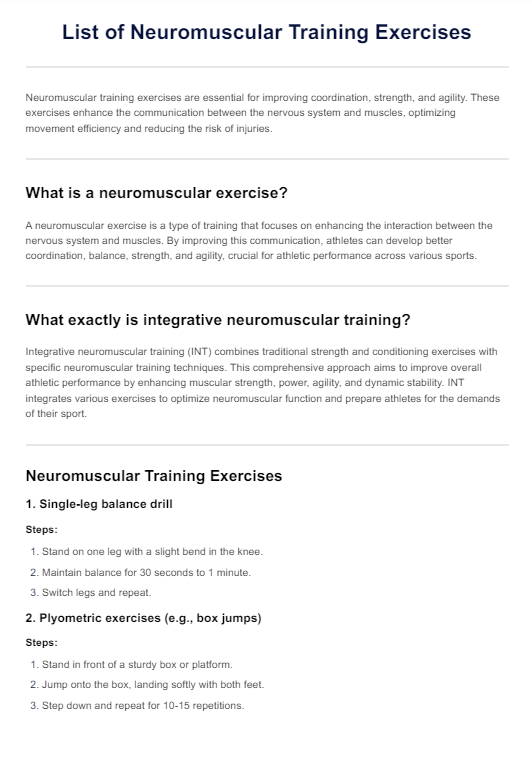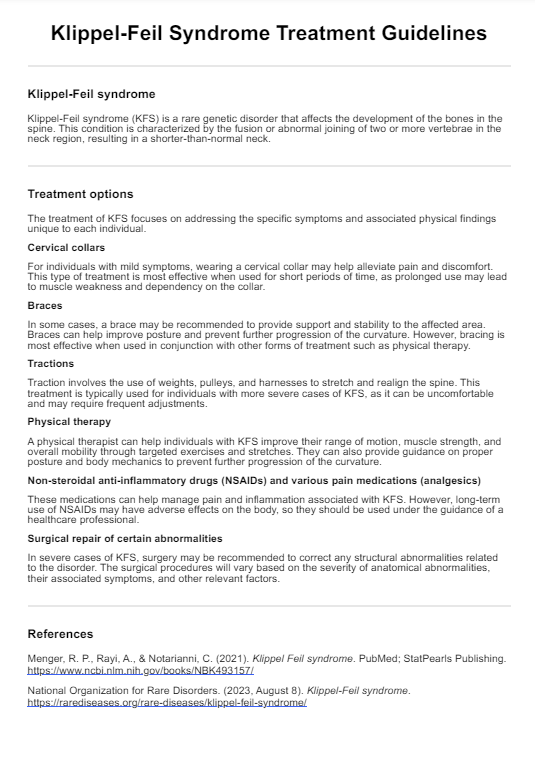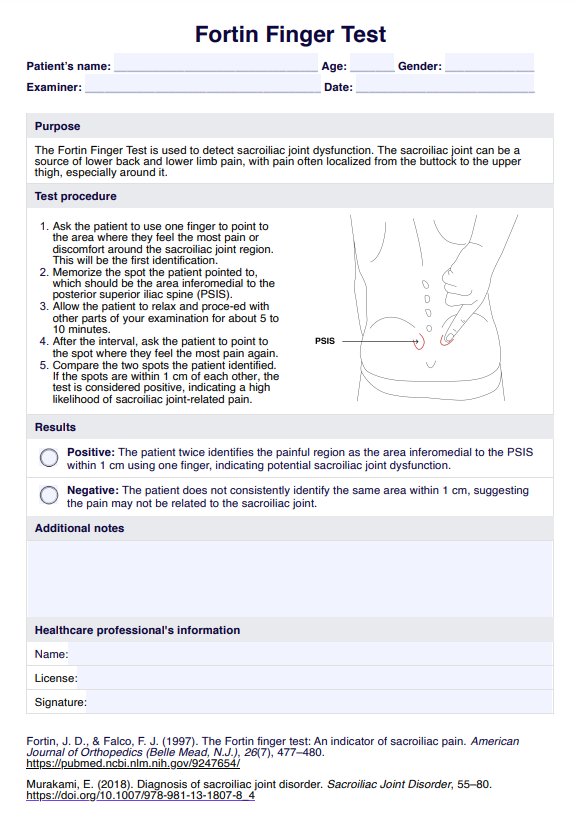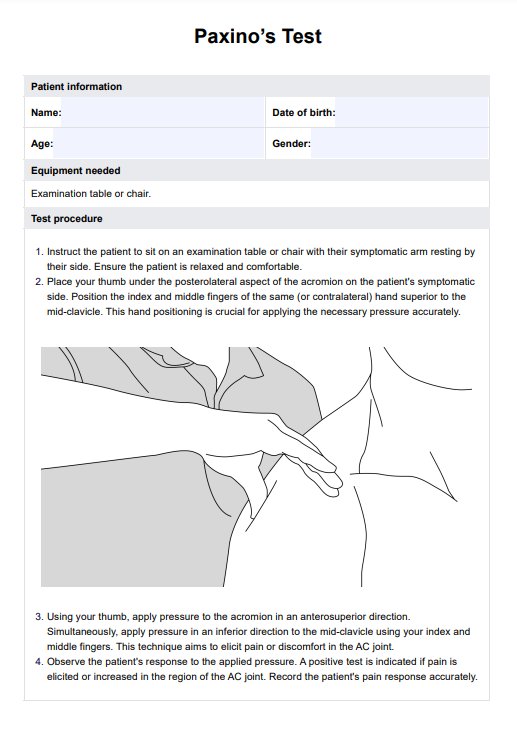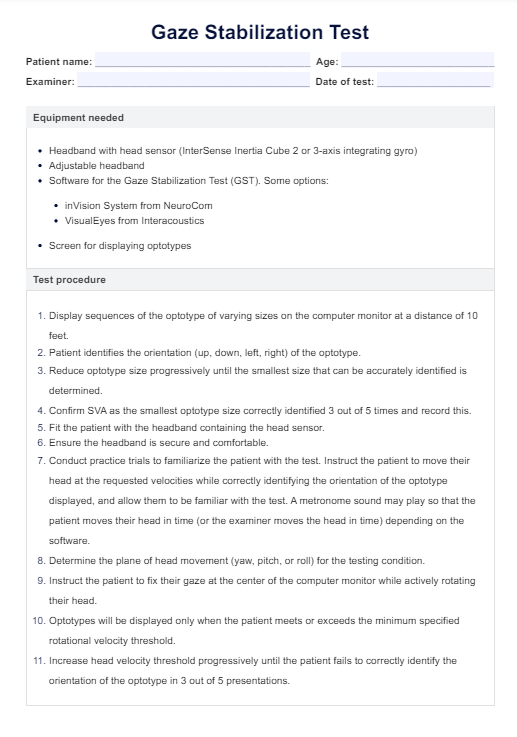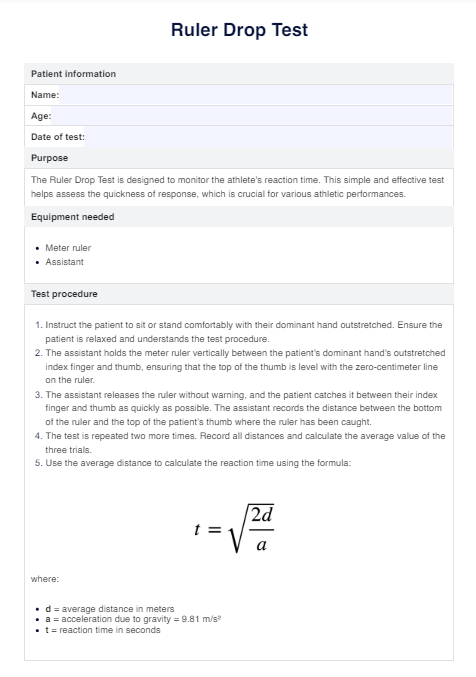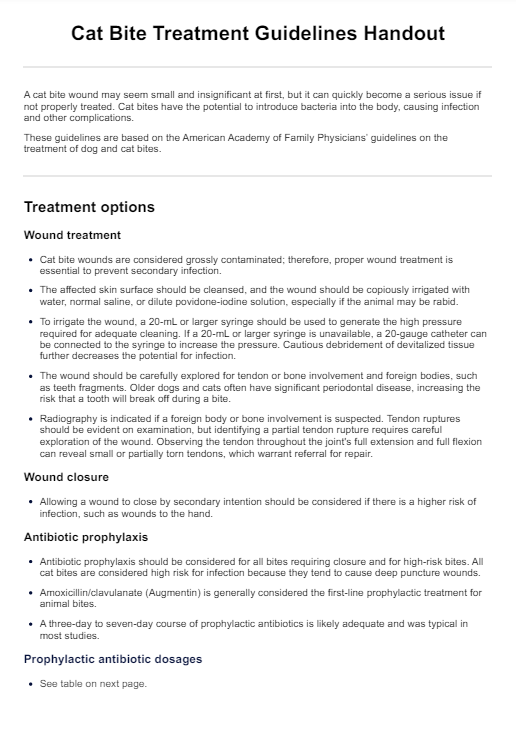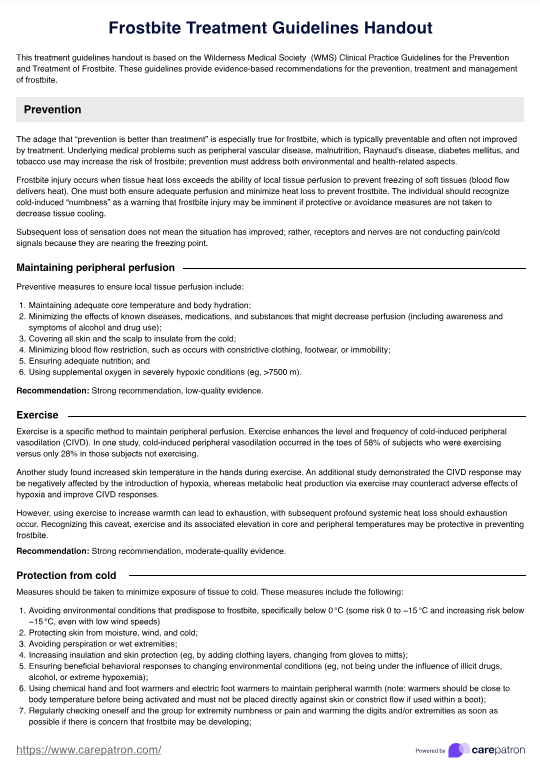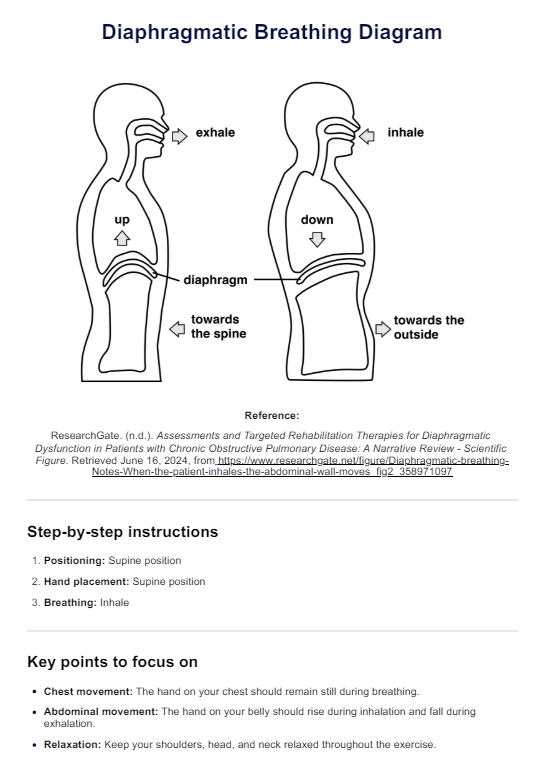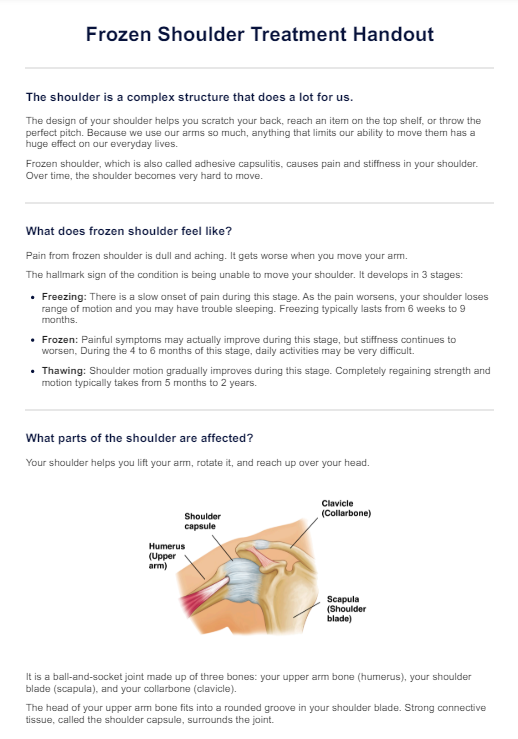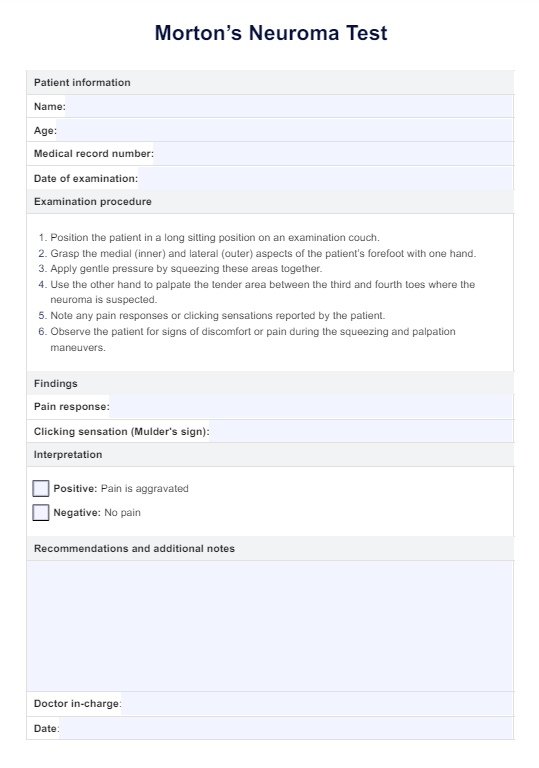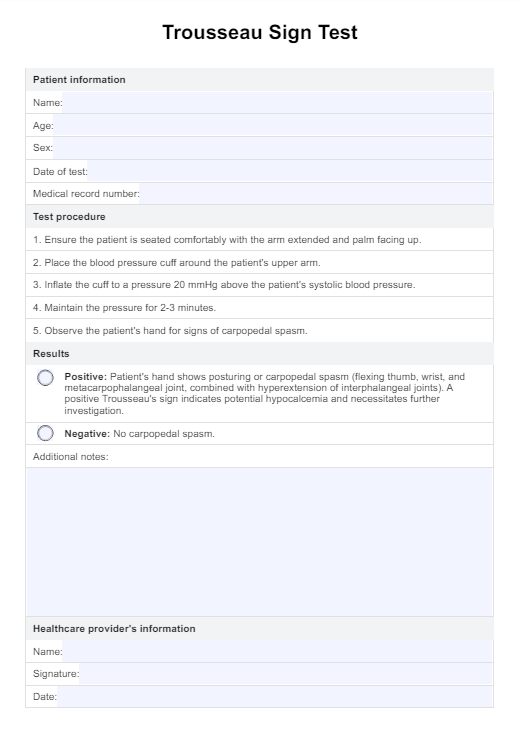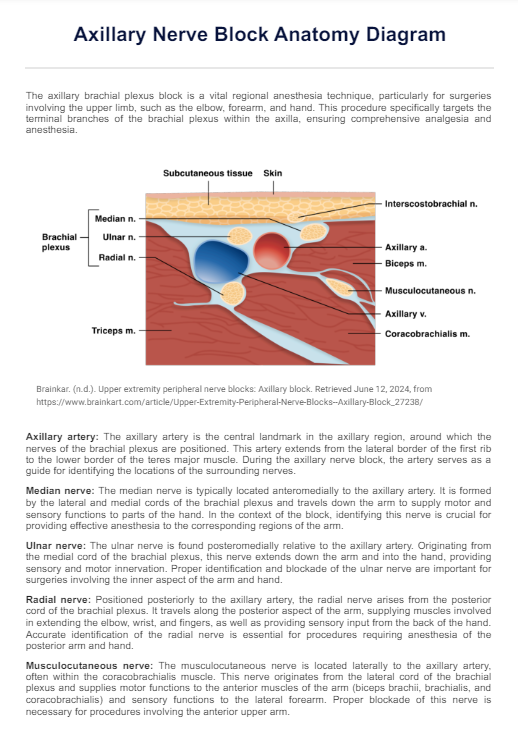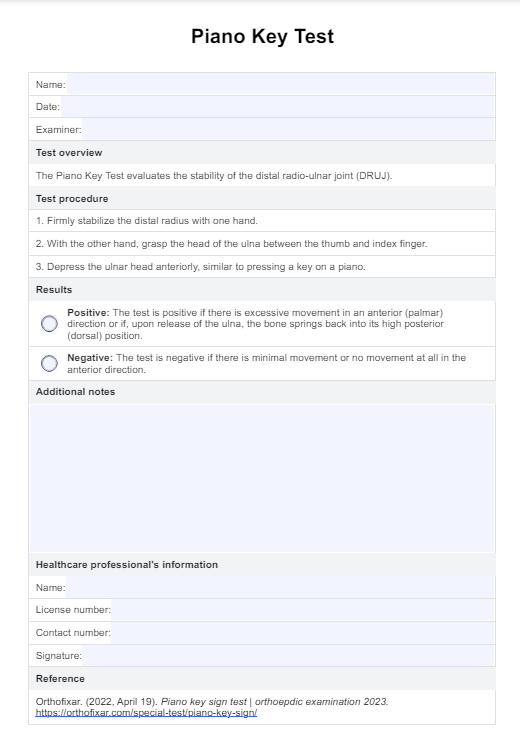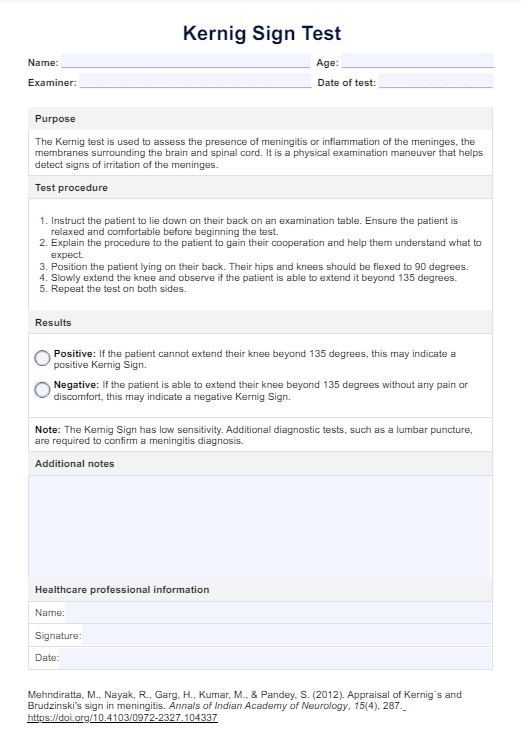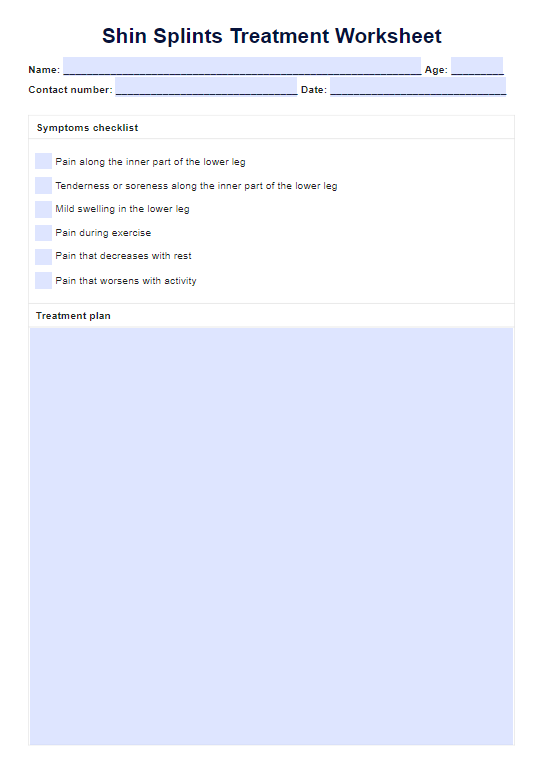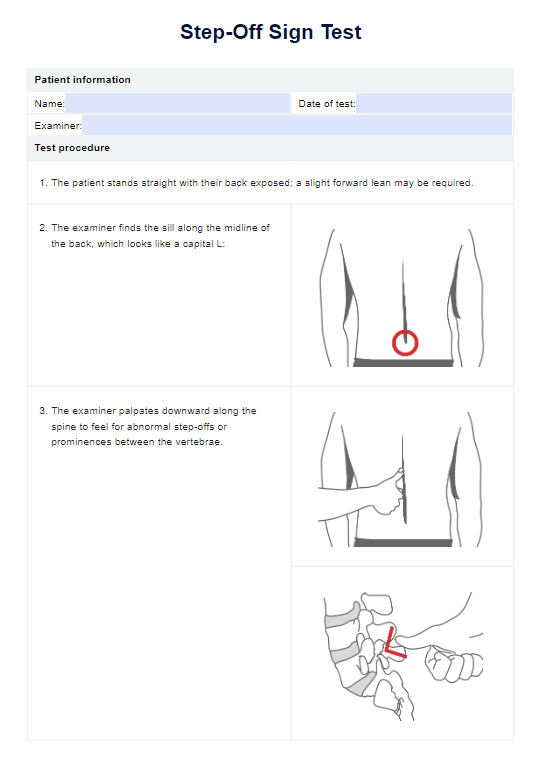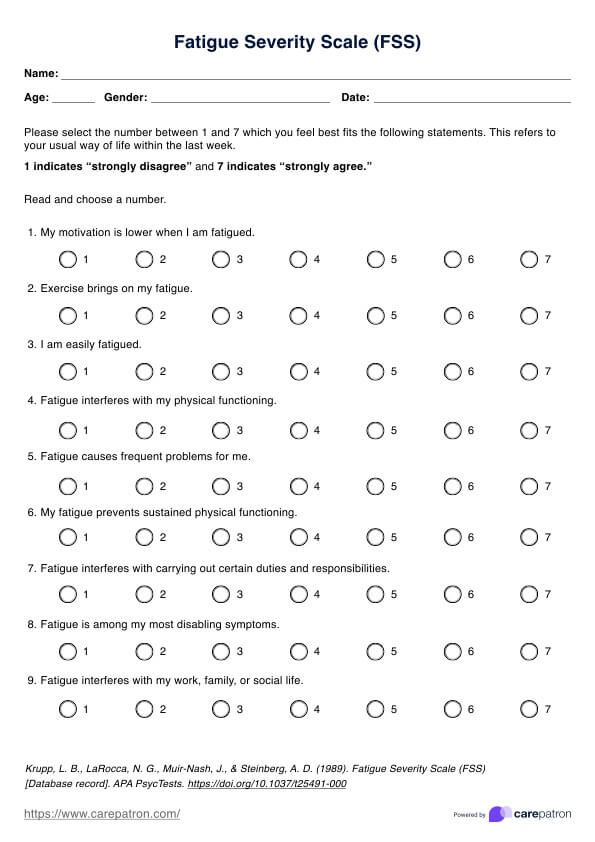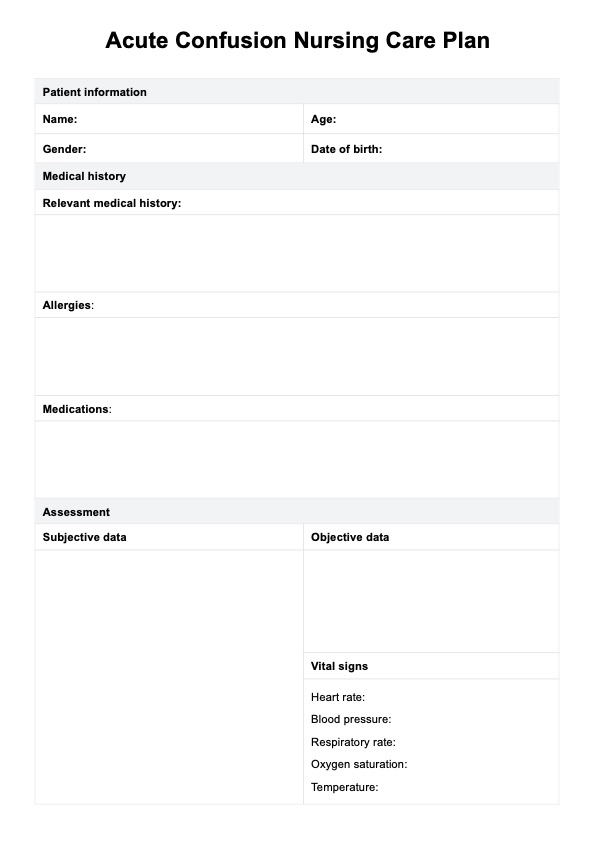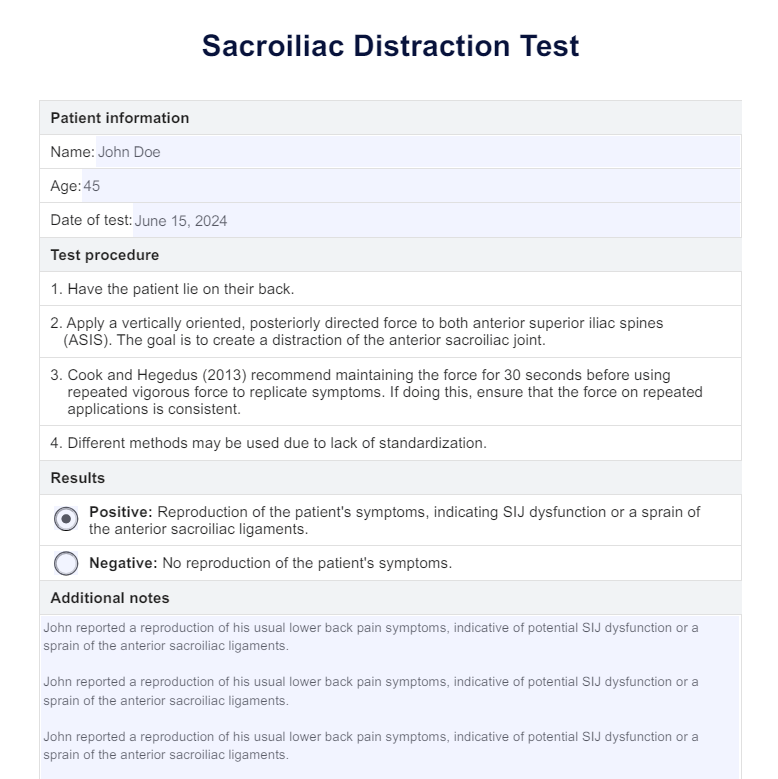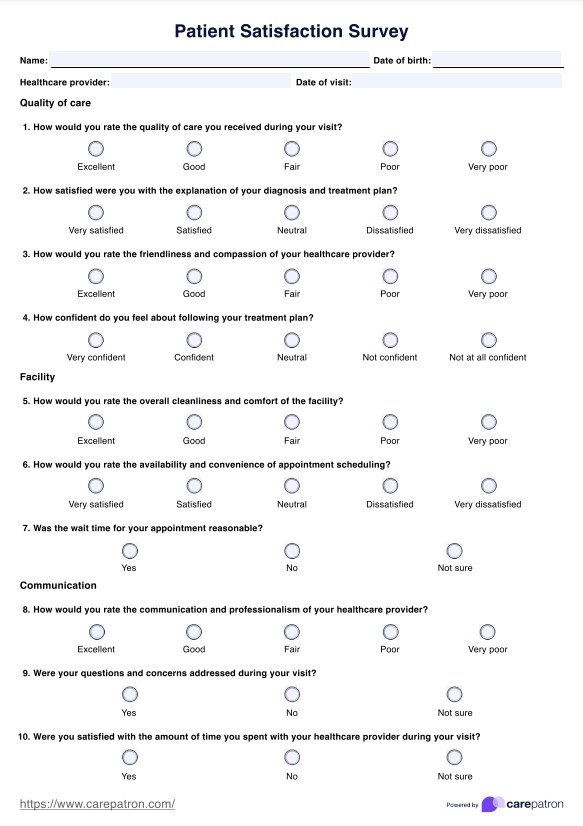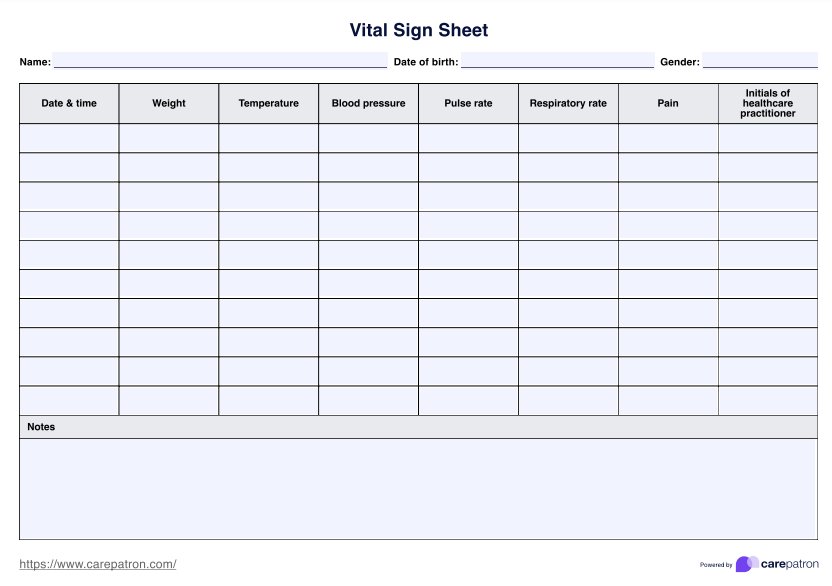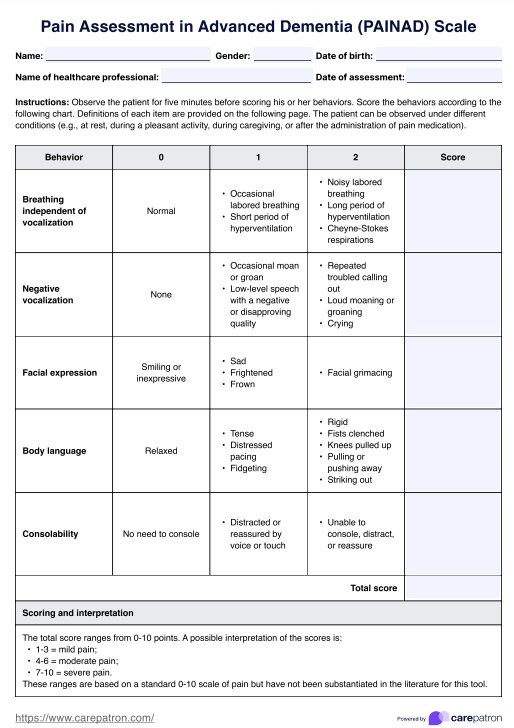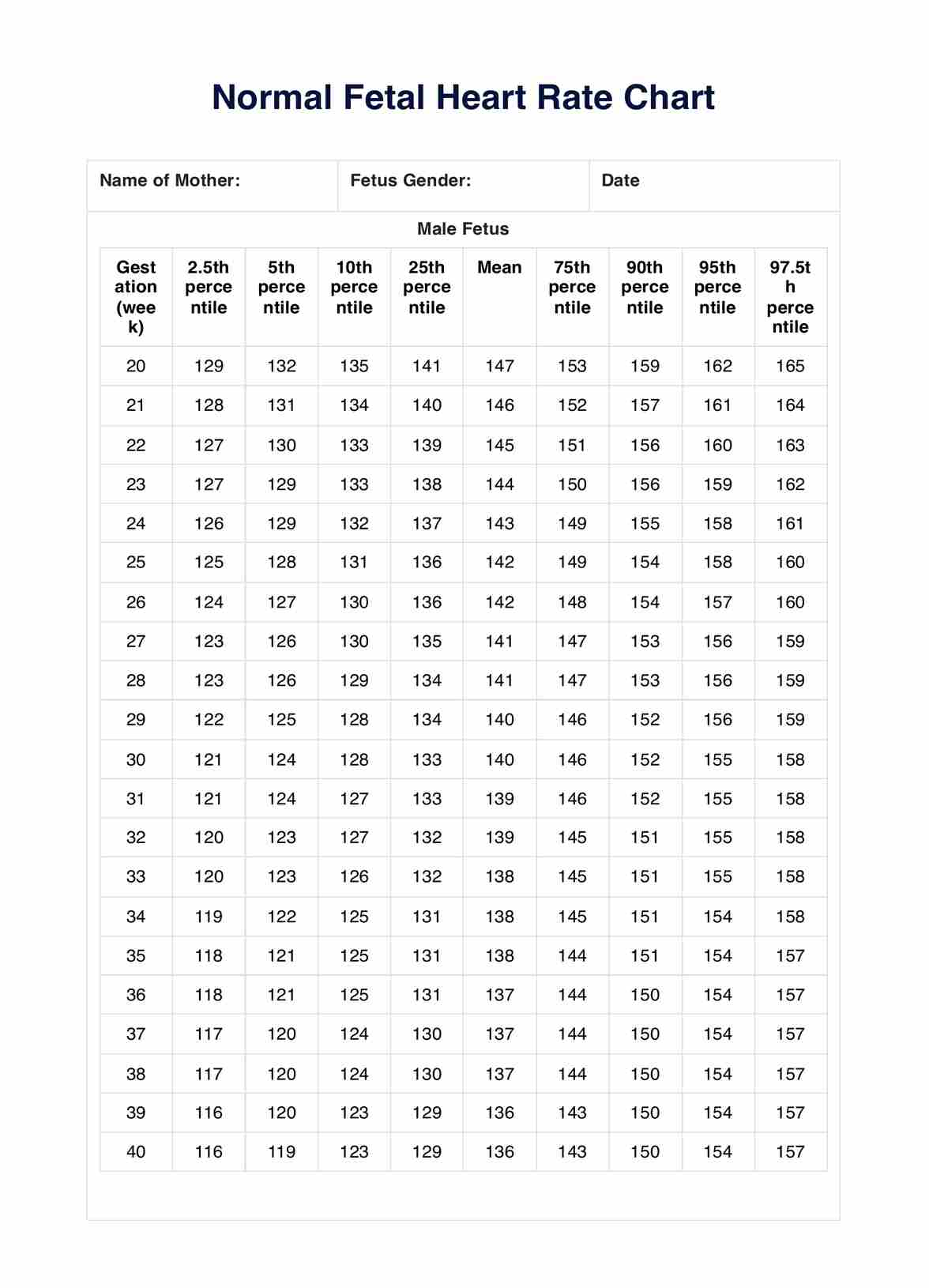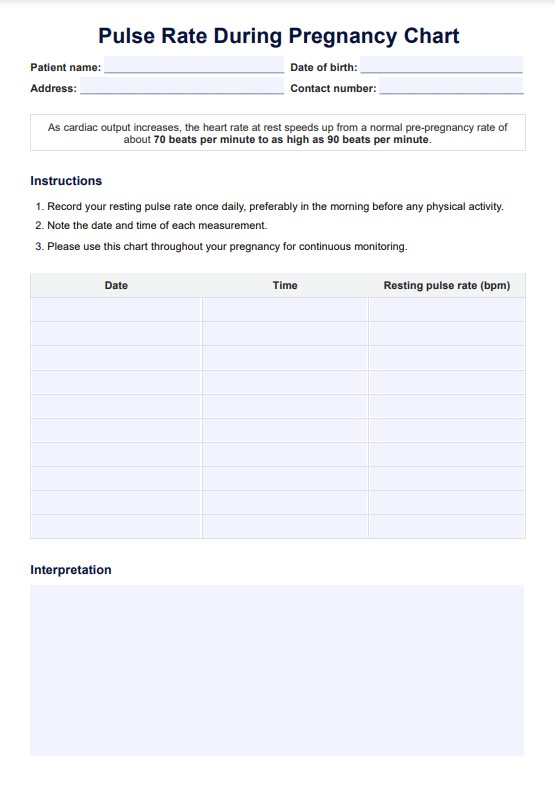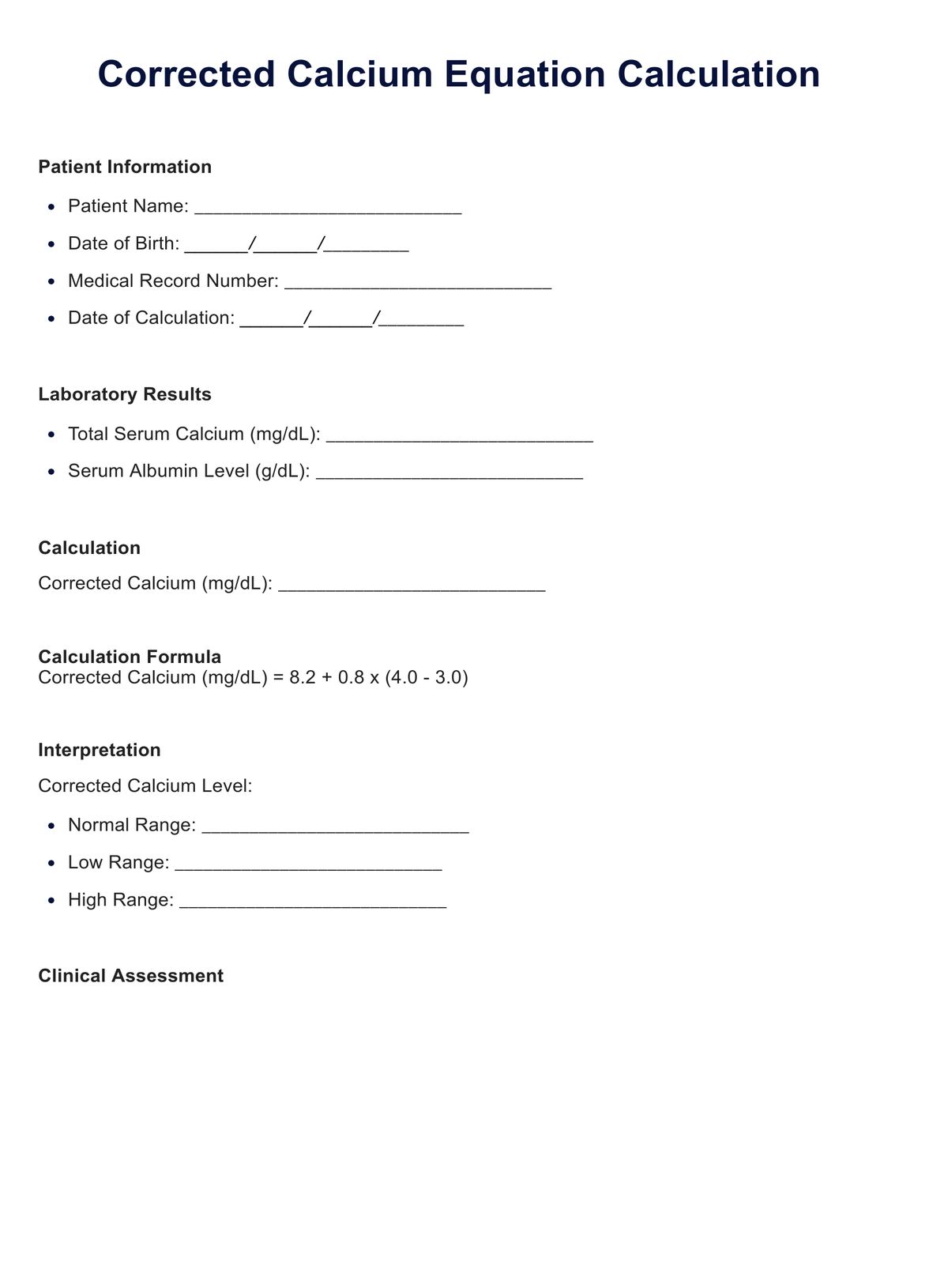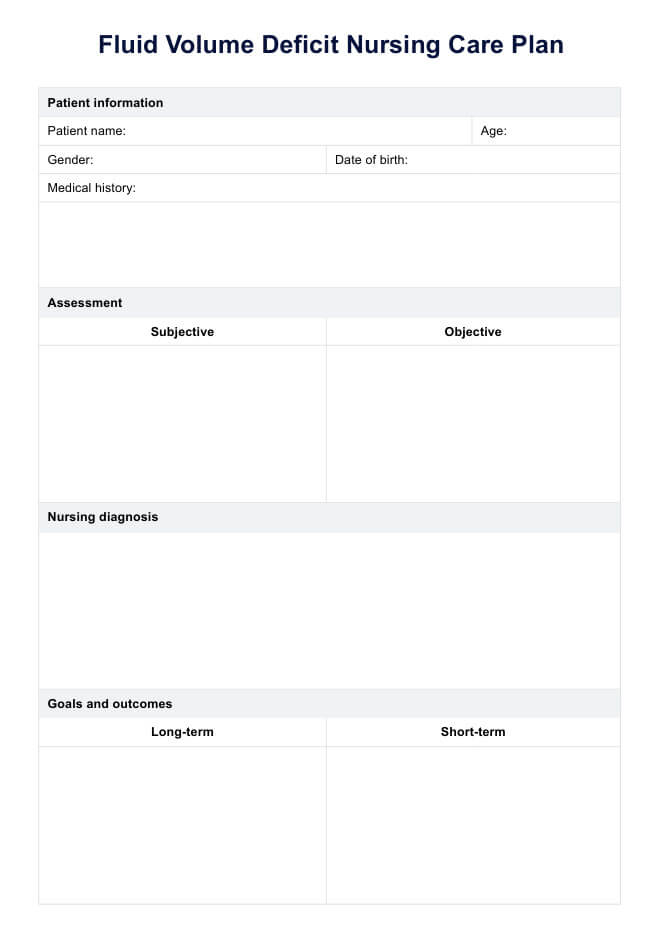Timed Up and Go Test
Use the Timed Up and Go Test to assess whether your elderly patients are at risk of falling and create a care plan accordingly.


What is a Timed Up and Go Test?
The Timed Up and Go (TUG) Test is a widely used physical therapy tool for assessing mobility and balance in elderly patients. It evaluates whether an older adult can safely stand up from a chair, walk a short distance, turn, return to the chair, and sit down. The time it takes to complete the task helps determine the risk of falling.
Simple, reliable, and valid, the TUG Test strongly correlates with other physical performance measures such as the Berg Balance Scale, gait speed, and the Barthel Index of Activities of Daily Living. These connections make it a valuable tool for predicting whether an individual can safely navigate environments, including outdoors alone (Podsiadlo & Richardson, 1991). Another study examining four common clinical tests, including the TUG, in community-dwelling older adults without disabilities demonstrated high test-retest reliability and identified age-related declines in physical performance (Steffen et al., 2002).
Despite its strengths, Martins et al. (2025) caution that the TUG Test should not be used in isolation to assess fall risk. A comprehensive evaluation should include additional assessments and consideration of various factors.
Timed Up and Go Test Template
Timed Up and Go Test Example
How to use the timed up and go assessment?
The Timed Up and Go Test is relatively easy for you to administer but can pose certain difficulties for your clients. Here are the steps involved in completing the test.
Step 1: Get the template
You can access the Timed Up and Go Test template from this guide. Click "Use template" to open it within the Carepatron platform, where you can customize this tool. You can also click "Download" for a free, fillable PDF copy of this assessment.
Step 2: Make the necessary preparations before administering the test
Before starting the test, you're going to need the following:
- Tape to make a 3-meter-long distance marker
- An armchair to be used as the starting and ending points of the test
- Ruler/yardstick to measure the distance for the tape
- Stopwatch to time your elderly patient
You also have to ensure your patient wears the footwear they usually wear. They may also use a walking aid if they need to. By aid, we mean something like a walking stick, not a person. Once you have these, have your patient sit on the chair and ensure the distance marker is three meters from the chair.
Step 3: Inform your patient about the instructions
Once everything is prepared and your patient is ready, give your patient these instructions so they know what to do:
- The test starts when you say "go".
- When you say "go," they must stand up from their chair and walk towards the distance marker.
- Once they reach the distance marker, they must turn around, walk back to the chair, and sit down.
- They only need to walk at the normal pace that they do.
You will start your stopwatch timer as soon as you say "go" and then stop it as soon as they sit back down. The test has no time limit. They can stop walking and rest but not sit down except on the chair.
Step 4: Have them do a trial test
Once your patient understands the instructions, have them perform a practice test. The timing should not be recorded for this trial run, but it helps ensure they understand the steps and feel comfortable with the process. This can also provide an opportunity to discuss any previous self-reported fall events, which may help inform your overall assessment.
Step 5: Do an official test after the practice test
After the practice test, let the client rest briefly, then start the actual test. As they go about their walk, make sure you observe your patient and note down anything you notice, like the following:
- Their gait and gait speed
- If they sway
- If they have stable posture or not
- The length of their strides
- If they're shuffling
- If they swing their arms or not
- If they're having a hard time using their walking aid
Step 6: Make an assessment based on the results and make a plan accordingly
If your patient scores above 12 seconds, they are at a high risk of falling. In a study cohort, the patient was at risk of future falls, with an average TUG score of 13.15 seconds, exceeding the 12-second cutoff for community-dwelling older adults. Those scoring over 12 seconds should undergo further mobility assessment to help prevent falls (Kumar & Biswas, 2020).
If they score above 30 seconds, that doesn't just mean they have a high risk of falling. It also means that if they do fall, they may require walking aids and supervision for ADLs. You might want to do this test multiple times every few days to better understand your patient's mobility. A better picture of their mobility means you can make the appropriate care plan.
When does one typically use a Timed Up and Go Test?
Suppose the elderly patient/client you're caring for can still stand and walk but has started showing signs of deteriorating mobility. In that case, it's best to administer this assessment as soon as possible to plan. Early planning ensures you can prevent them from getting into risky situations where they risk falling.
As stated earlier, it's also best to administer this test frequently (perhaps every few days) so you can better monitor and gauge their mobility to see if it's worsening.
What are the benefits of using the Timed Up and Go Test?
Here are the benefits of using the assessment:
It's relatively easy and quick to do
The Timed Up and Go Test doesn't take too long to complete. You can finish the entire assessment (including the practice test) in just five minutes.
It's a good way to monitor your elderly client
You may reissue this test to your client to check for any improvements or to see if their mobility is deteriorating. It's also an excellent way to determine whether you need to adjust your care plan for them. It's recommended that you have them take the test every few days to get a good picture of their mobility and make more informed decisions when making your care plan.
It helps you determine what you need for your care plan
Speaking of care plans, since you will be assessing the patient and interpreting the results immediately after the test, you should be able to talk to your patient about their fall risk. You can then determine what needs to be added to the care plan to prevent them from getting into an accident where they fall.
References
Kumar, A., & Biswas, T. K. (2020). A study of timed get up and go scores as falls risk assessment in elderly in a tertiary care centre. International Journal of Research in Medical Sciences, 8(3), 841. https://doi.org/10.18203/2320-6012.ijrms20200519
Martins, A. C., Moreira, J., Silva, C., Cláudia Tonelo, & Rocha, C. (2025). Predicting the occurrence of falls in Portuguese community-dwelling adults aged 50–60, 60–70, and 70 or older using the timed up and go test. Preprints. https://doi.org/10.20944/preprints202501.1869.v1
Podsiadlo, D., & Richardson, S. (1991). The timed “up & go”: A test of basic functional mobility for frail elderly persons. Journal of the American Geriatrics Society, 39(2), 142–148. https://doi.org/10.1111/j.1532-5415.1991.tb01616.x
Steffen, T. M., Hacker, T. A., & Mollinger, L. (2002). Age- and gender-related test performance in community-dwelling elderly people: Six-minute walk test, Berg Balance scale, timed up & go test, and gait speeds. Physical Therapy, 82(2), 128–137. https://doi.org/10.1093/ptj/82.2.128
Commonly asked questions
Yes. On every test date, physical therapists are advised to be present to support the patient as they administer this general physical performance test and give them breaks after the practice tests.
The test was initially designed to predict falls in frail elderly patients but is not limited to that group. It is also used for individuals who have had a stroke, are recovering from hip surgery, have mobility issues at a younger age, or have conditions such as Parkinson’s disease.
The Timed Up and Go (TUG) test measures basic mobility by timing how long it takes a person to stand up, walk a short distance, and sit down. The Dynamic Gait Index (DGI), on the other hand, assesses a person’s ability to adapt gait to changing task demands, such as walking while turning the head or stepping over obstacles.
Community-dwelling elderly people are older adults who live independently in their own homes or community settings rather than in institutional care facilities like nursing homes or assisted living. They typically manage their daily activities on their own or with minimal assistance.


